climate studio





















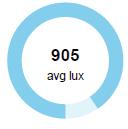




A rain screen with more was designed to allow daylighting.
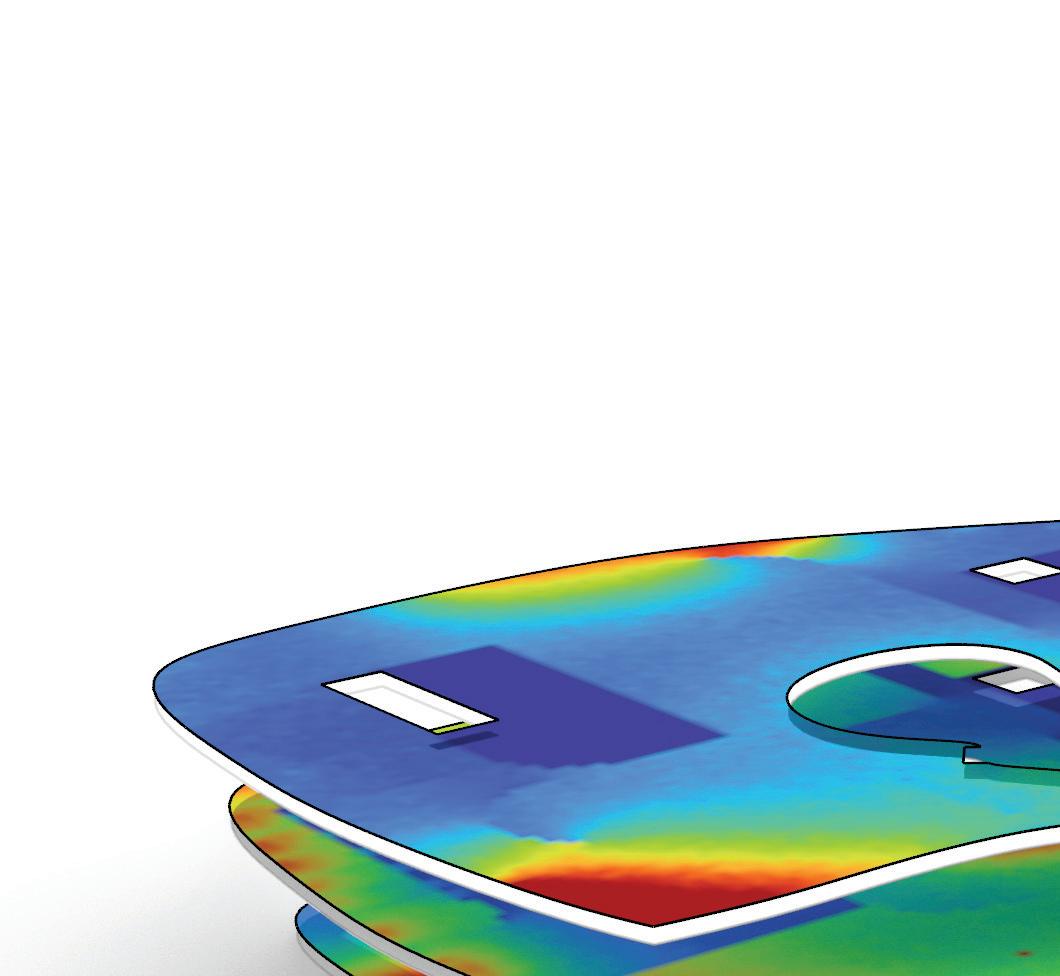

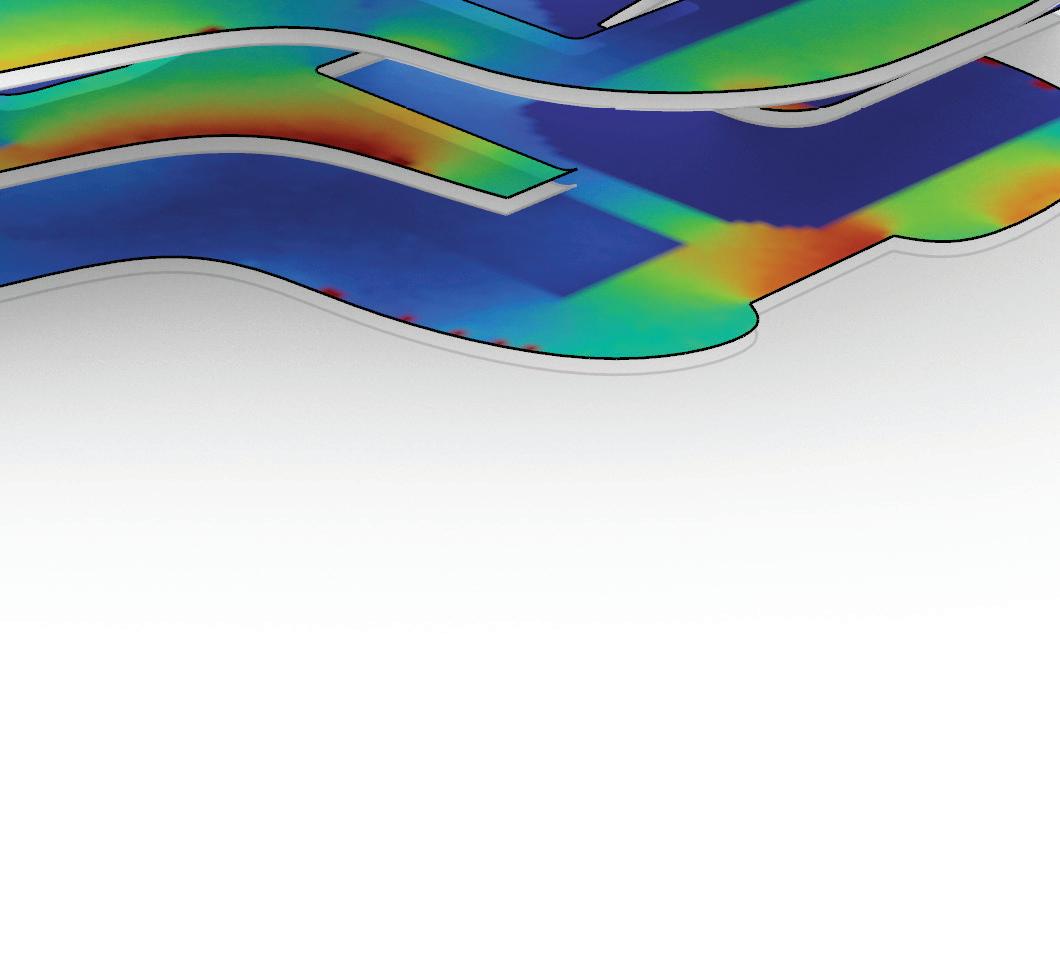
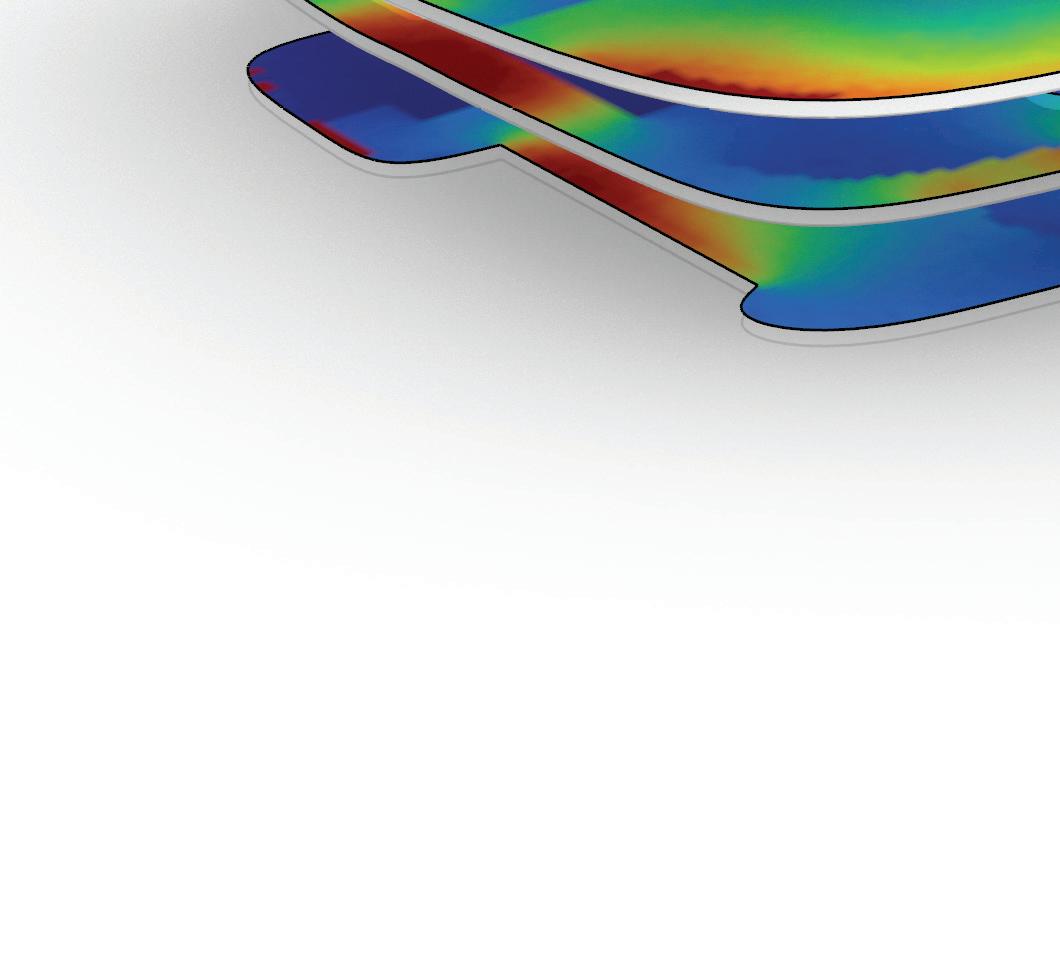

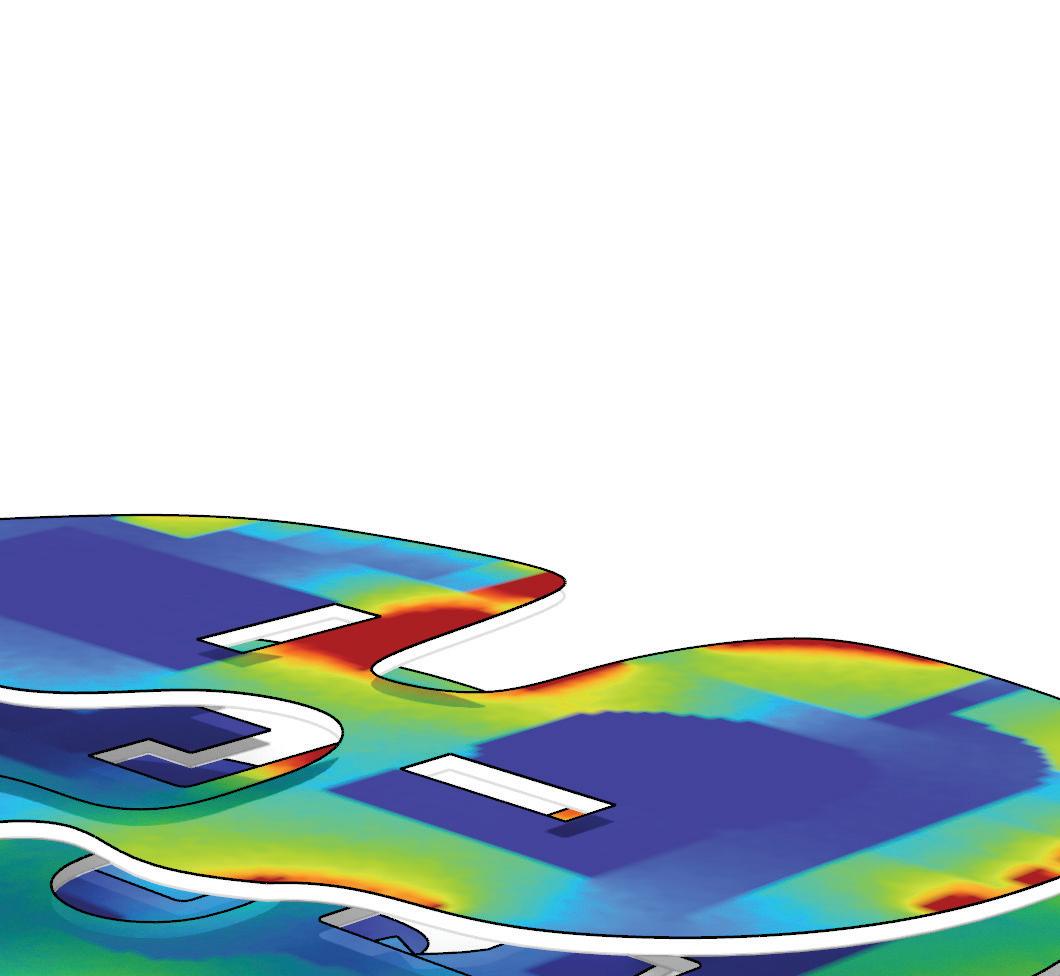
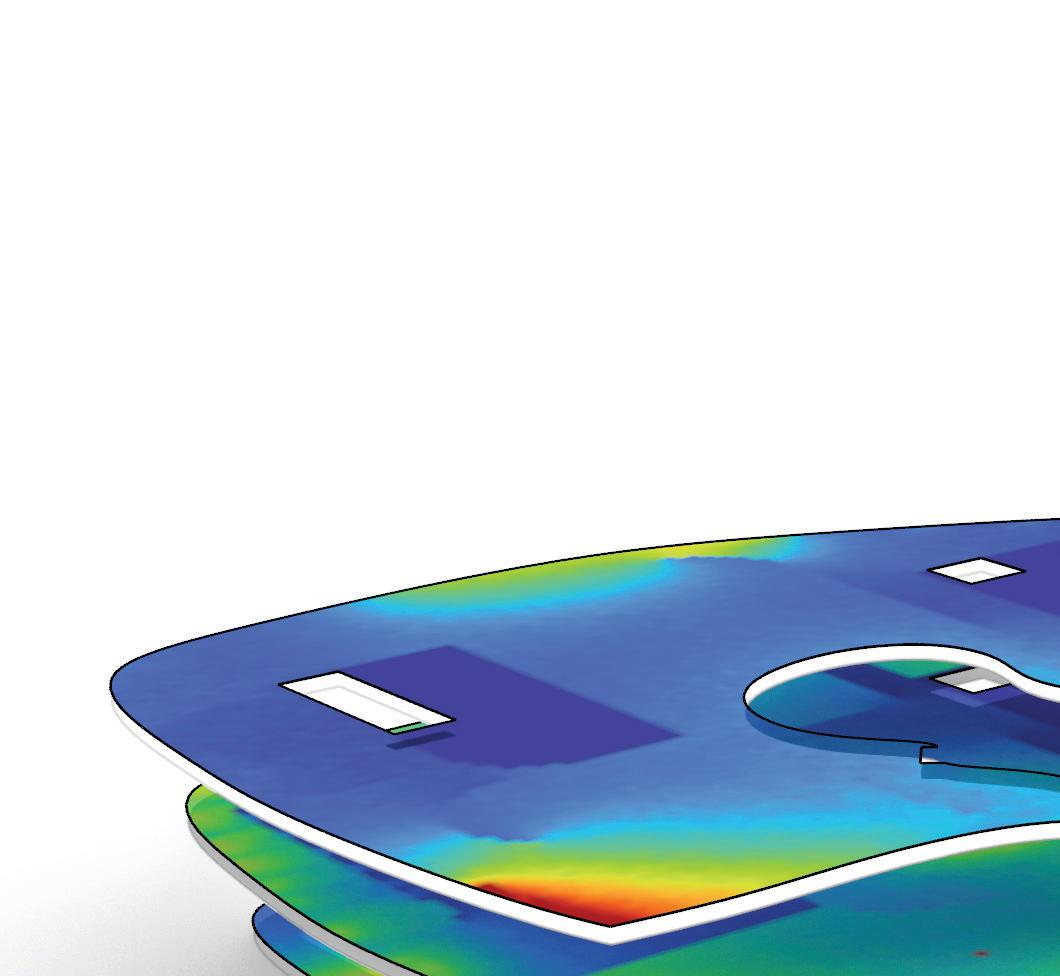
To read the key below one must know green represents the floor area that exceeds 300 lux for more than 50% of the year. The gray represents the floor area that recieve less than 50%.
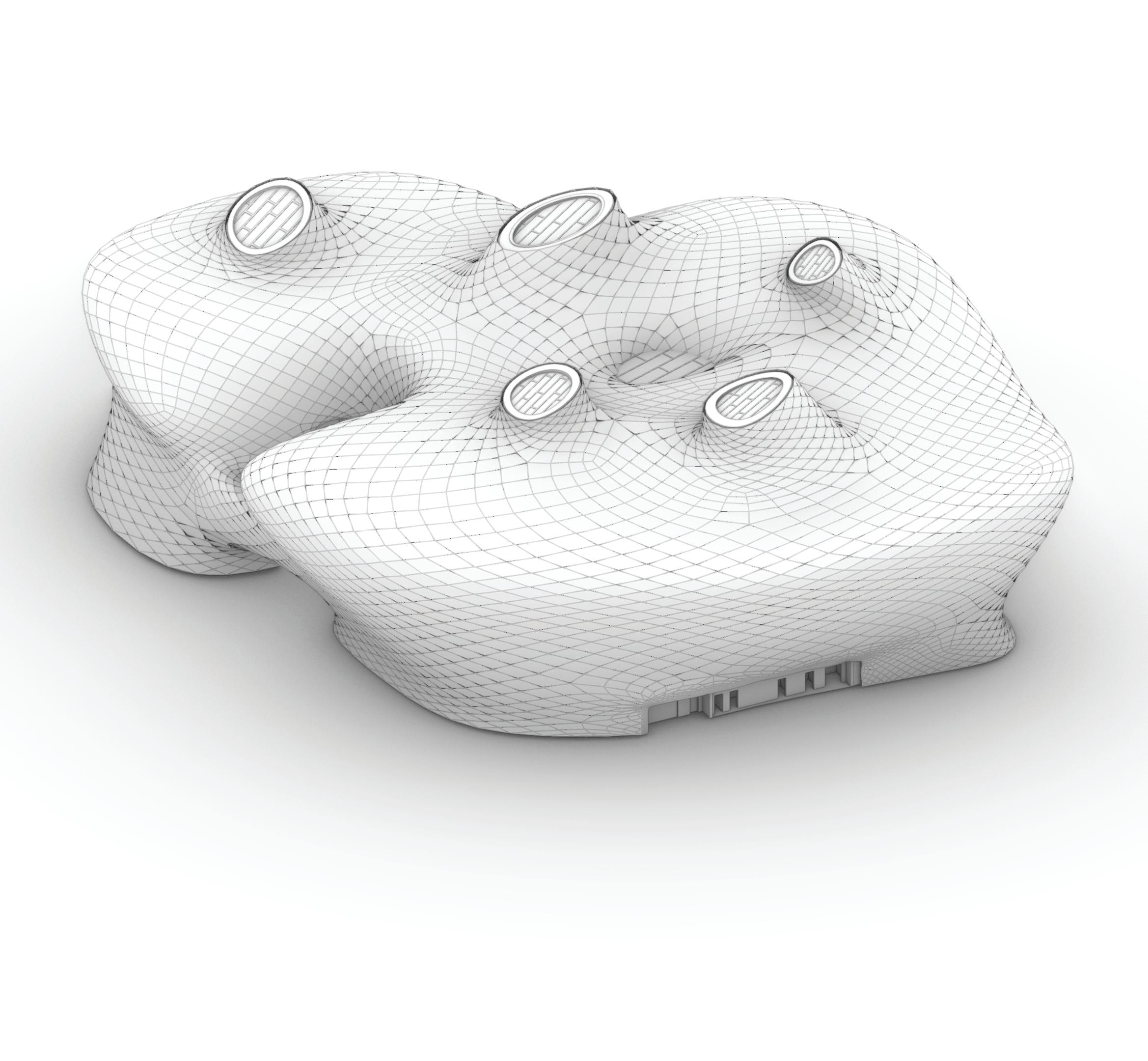
Why is 300 Lumens important?

In an office space with LEED certification in mind, 300 lumens is significant because it is the minimum requirement for task lighting, ensuring that the lighting system is energy-efficient and provides adequate illumination for the occupants while also meeting sustainability goals.
Daylight credits are assigned based on the sDA values. sDA values 75% and above recieve 3 credits, sDAs between 55 and 74% recieve 2, and values between 40 and 54% are awarded 1 credit.
ASE values refer to the percentage of the floor that is being exposed to over 1,000 lux of direct sunlight for more than 250 hours anually. Further more any ASE value greater than 10% needs to provide a glare control strategy in order to receive the LEED Daylighting Credit.
To read the key below one must know orange represent the overlit areas that recieve 250 hours or more and gray represents the floor area that receieves less than 250 hours of daylight in a year.
ASE
250 hours
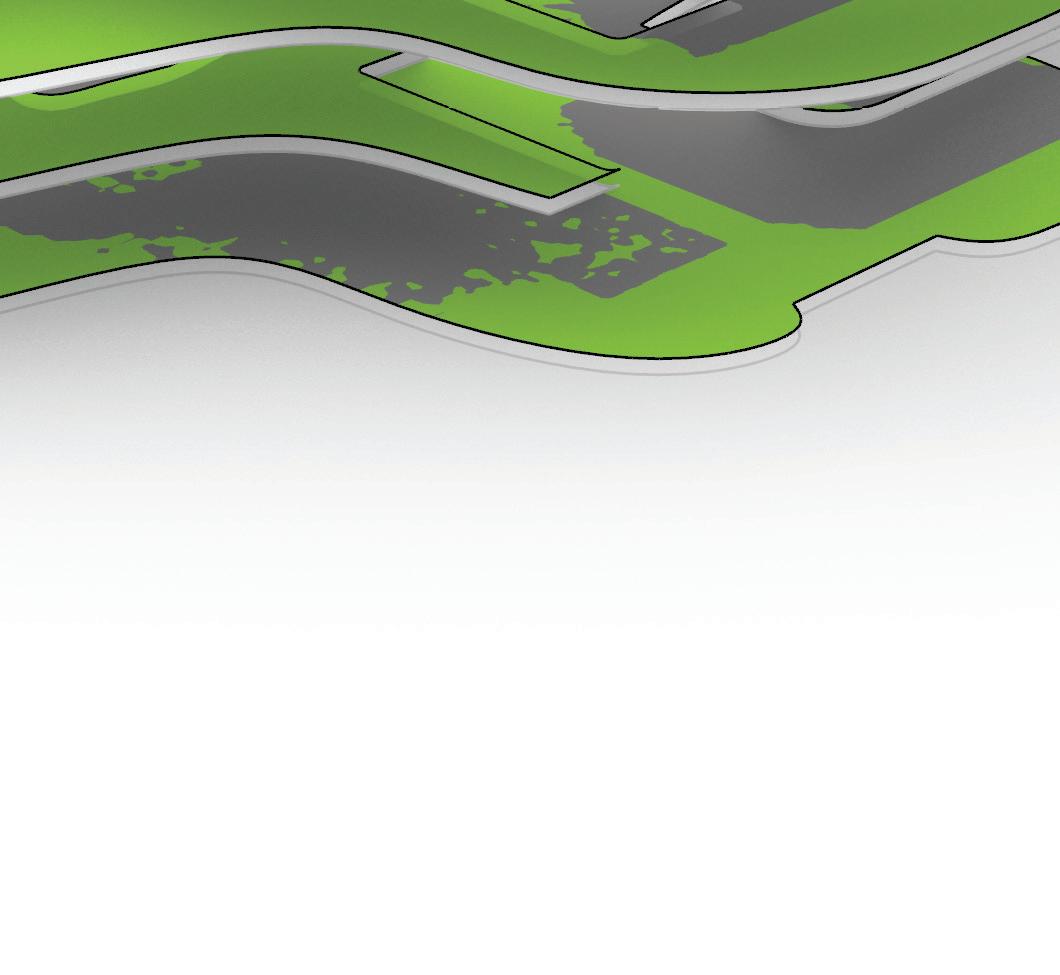


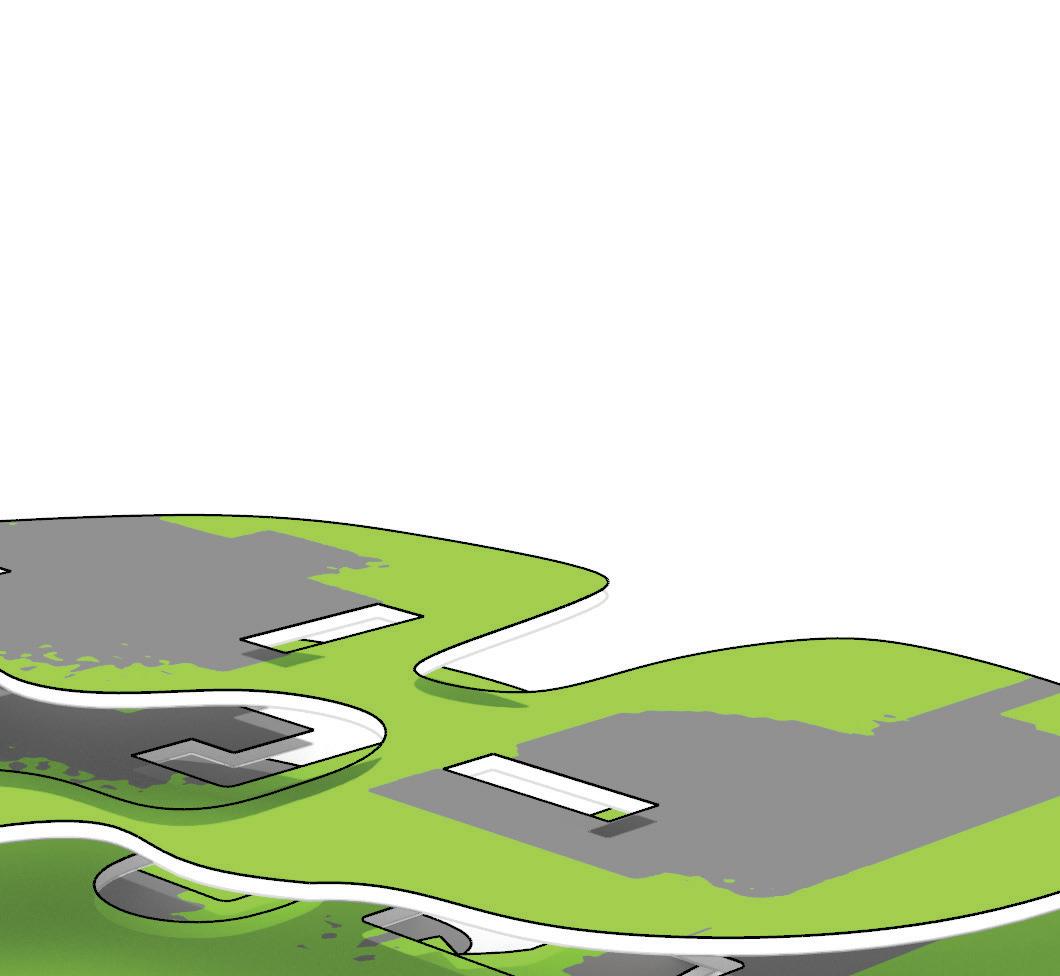
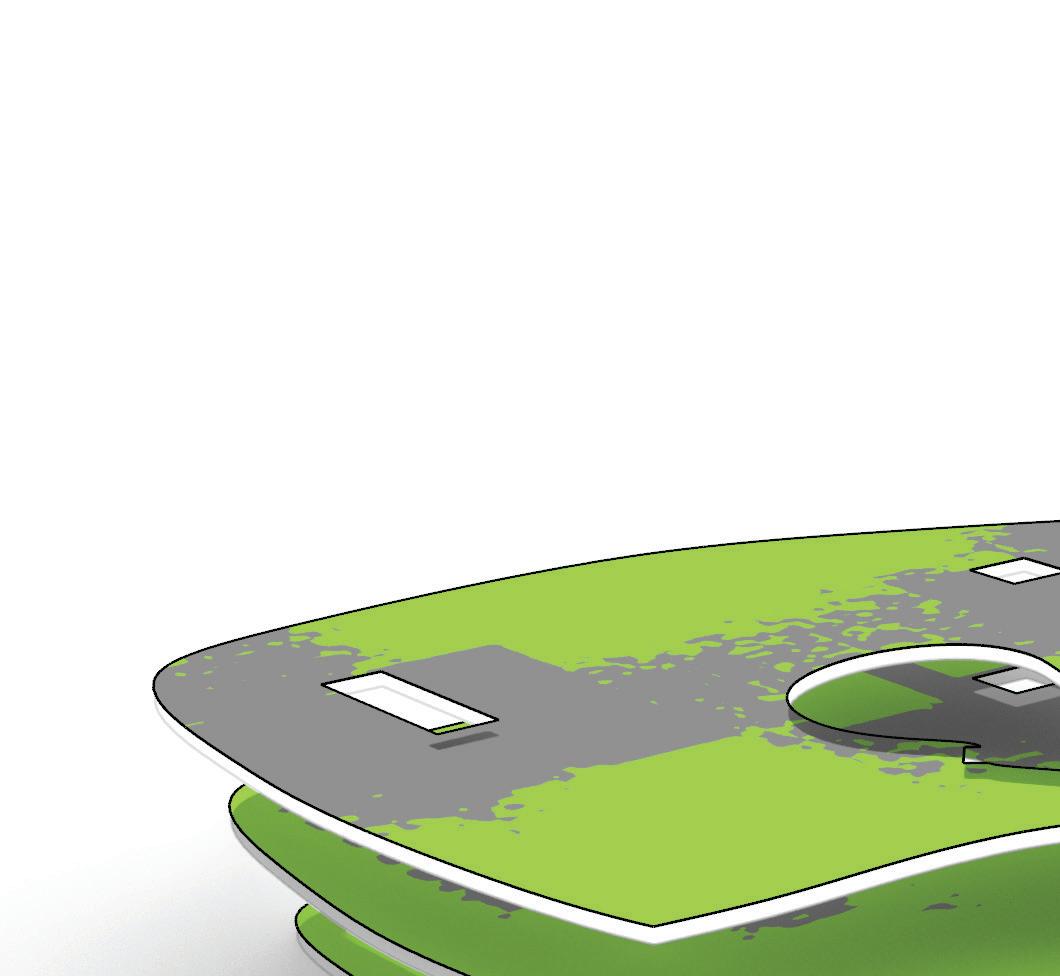


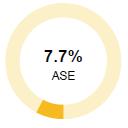
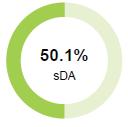




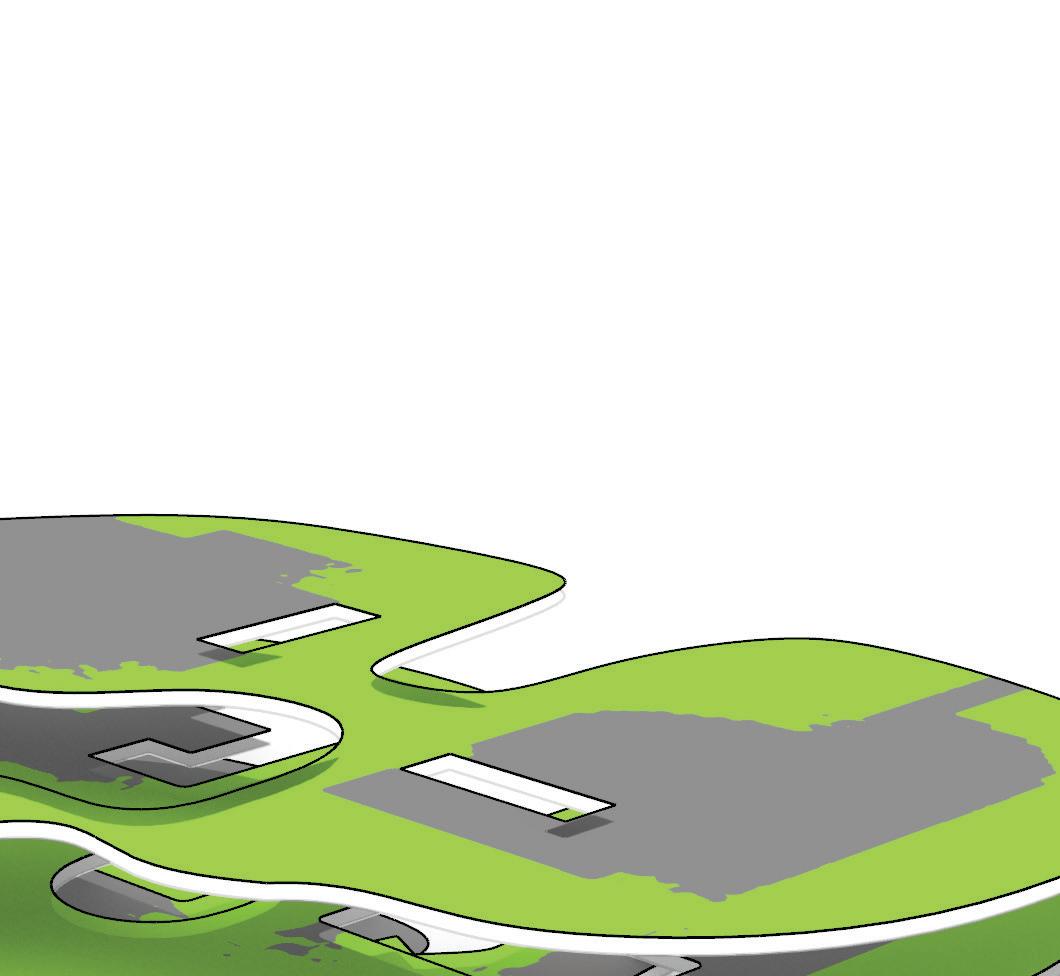
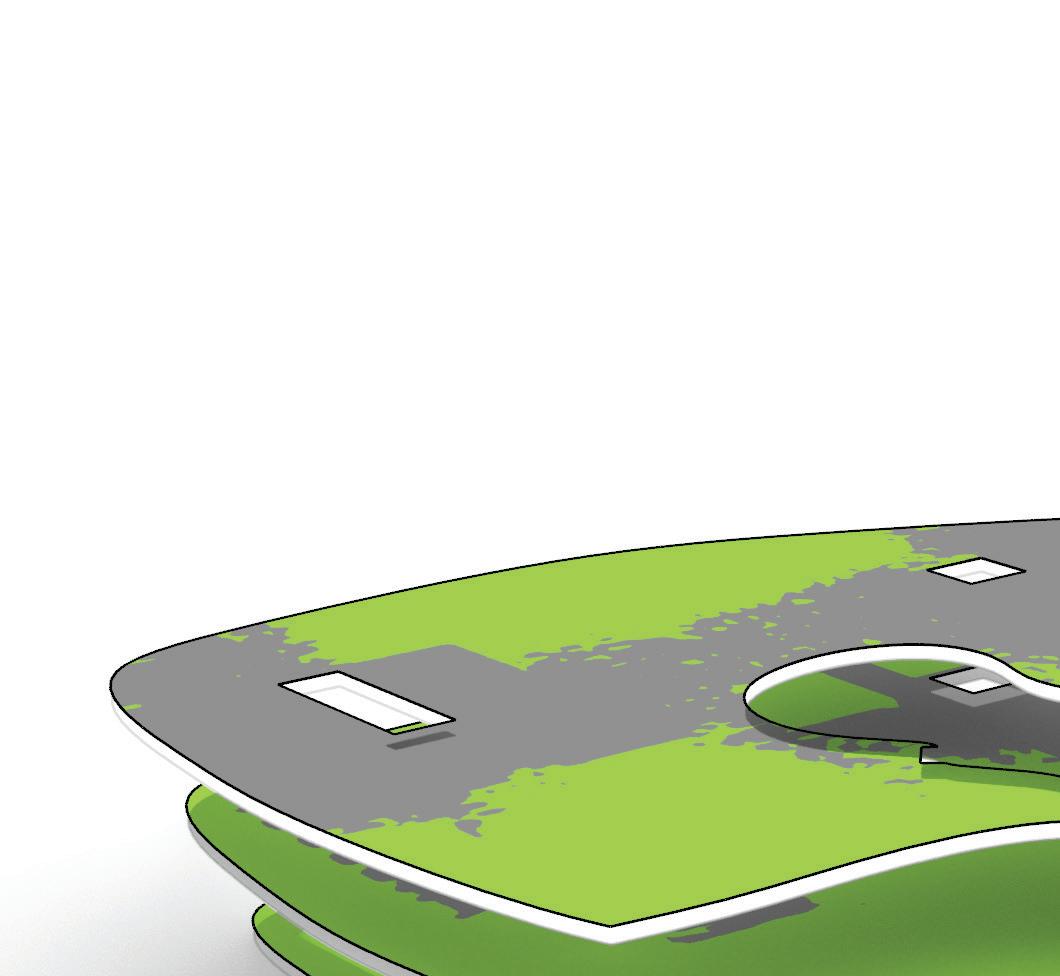



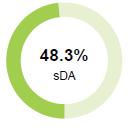

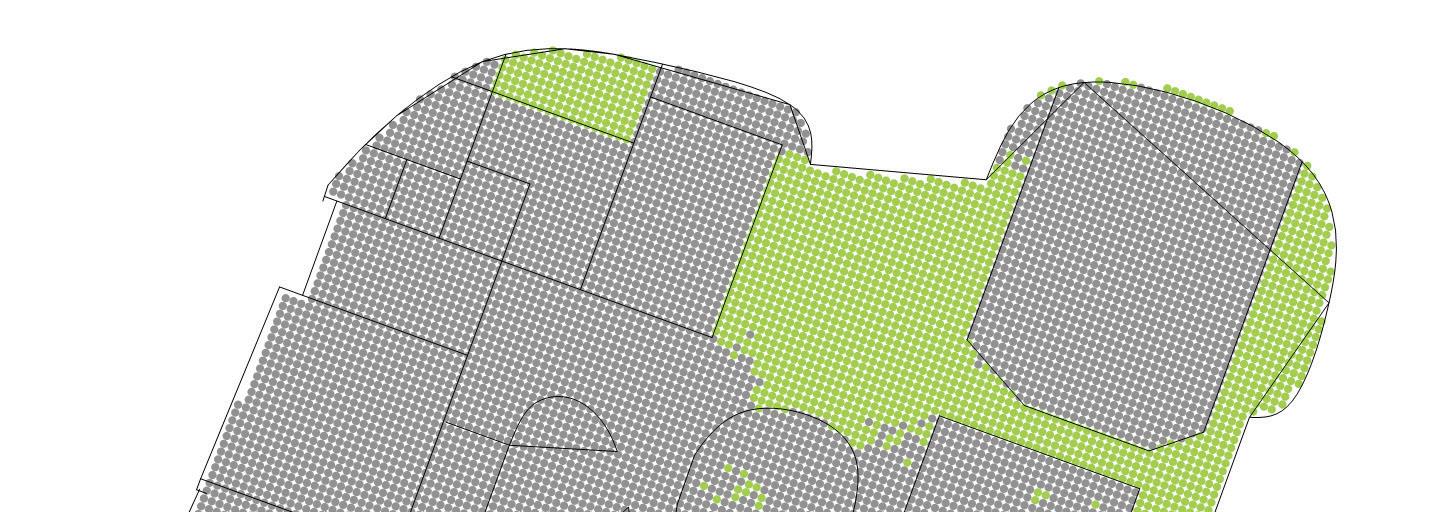


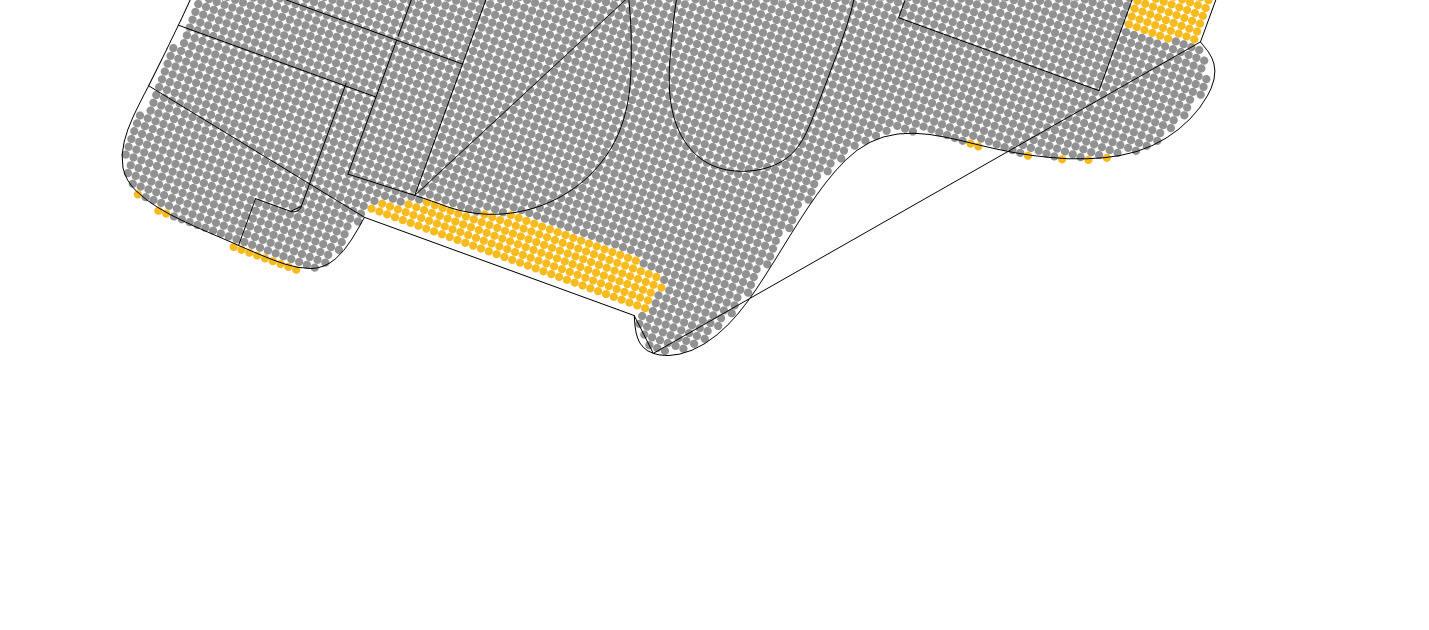
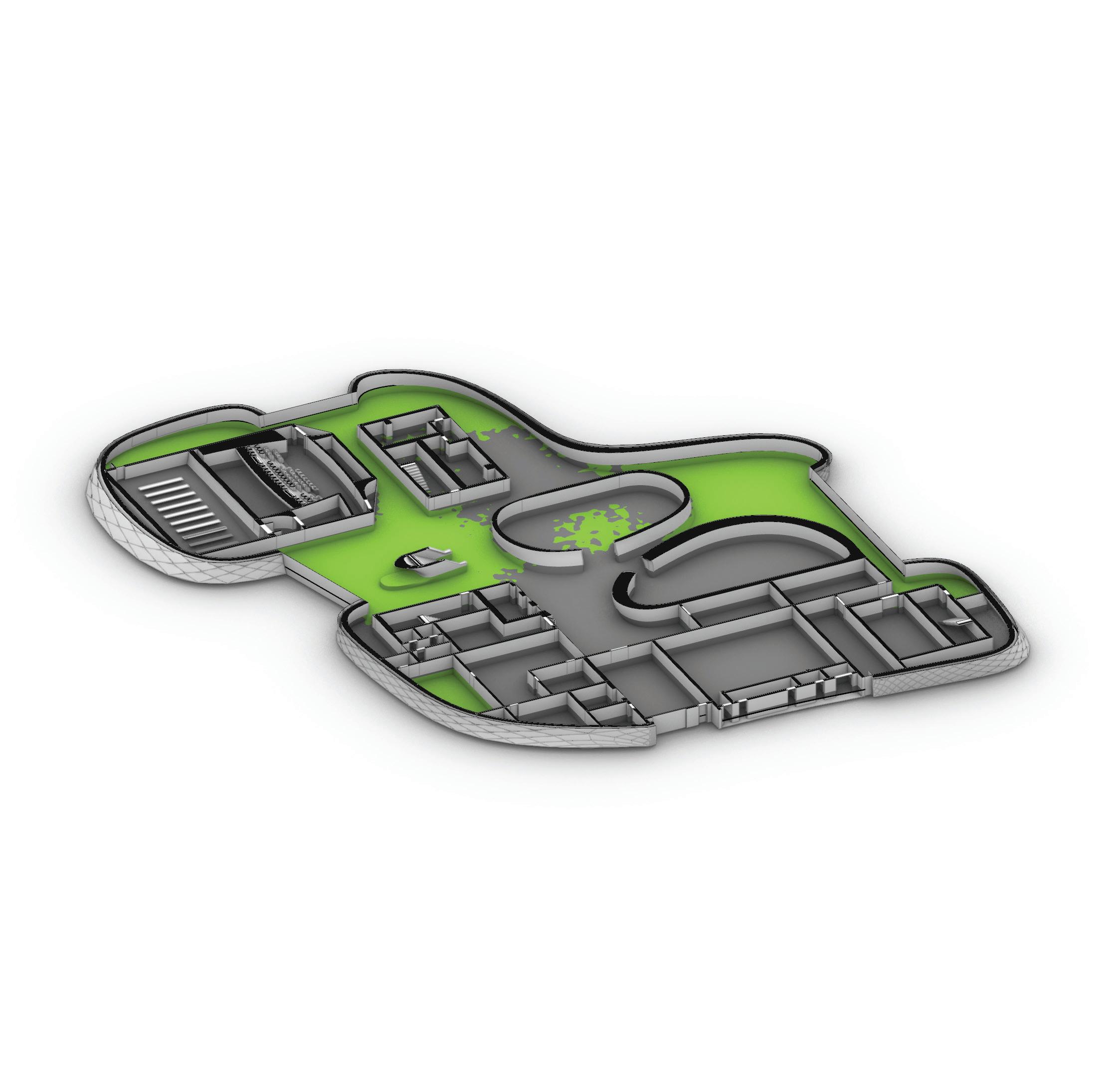




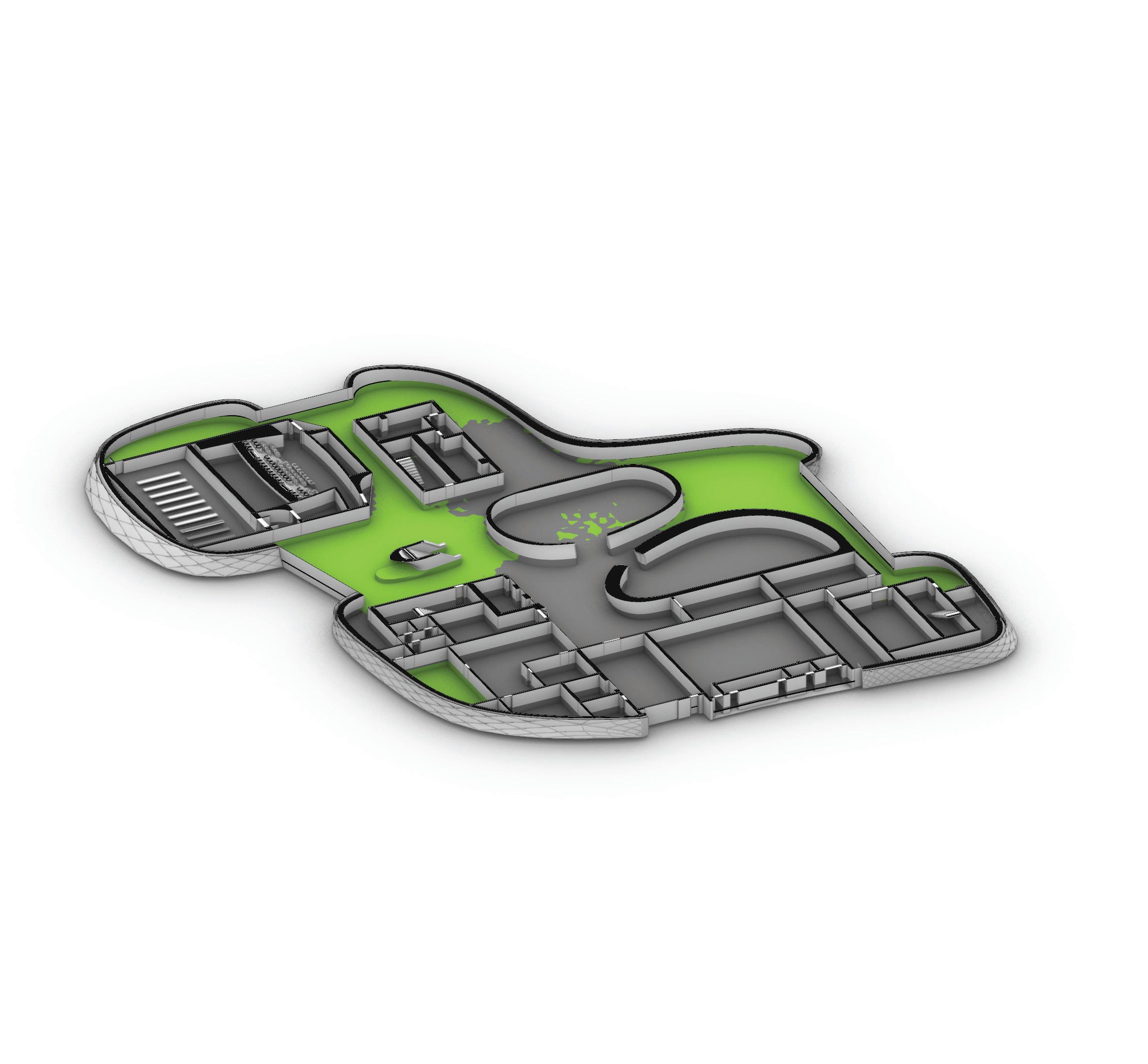

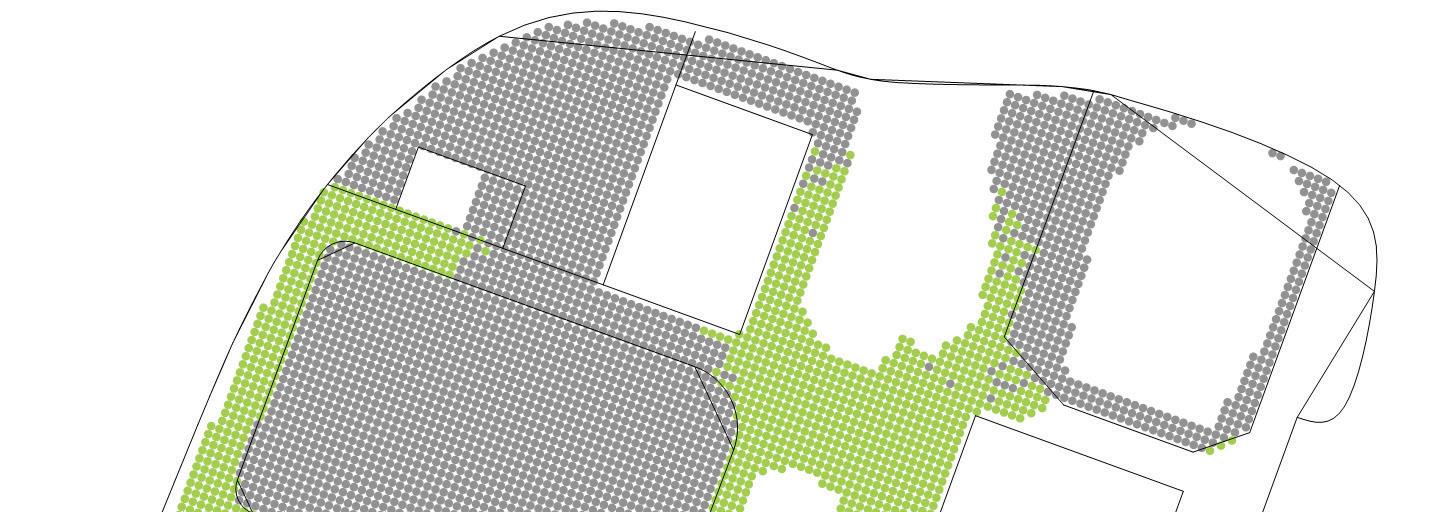

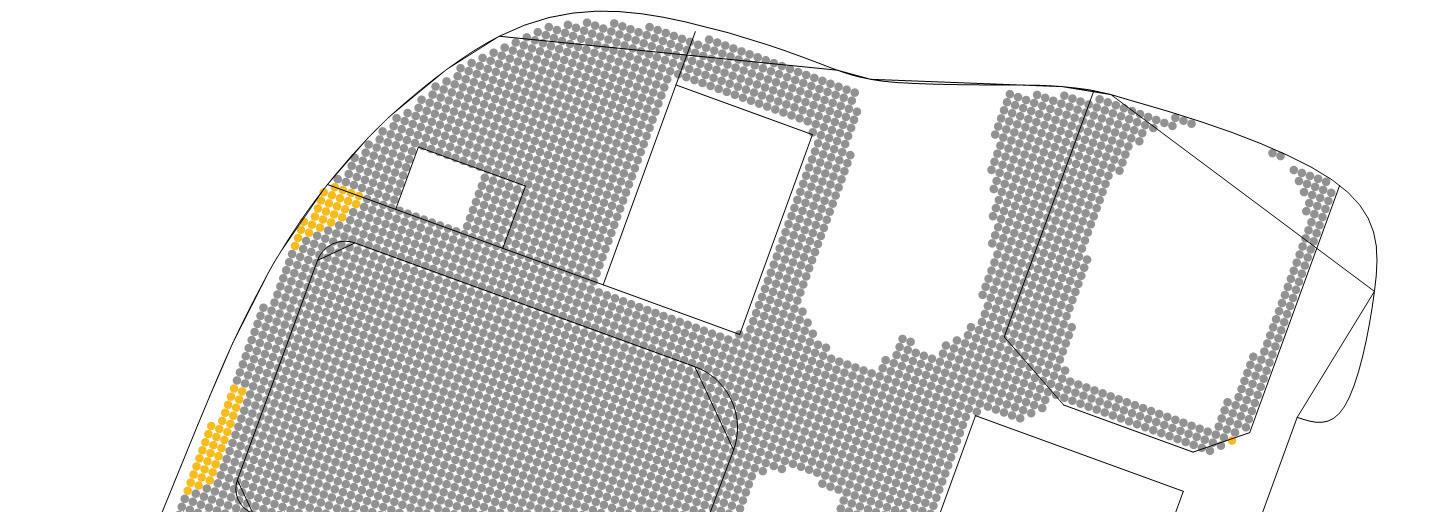




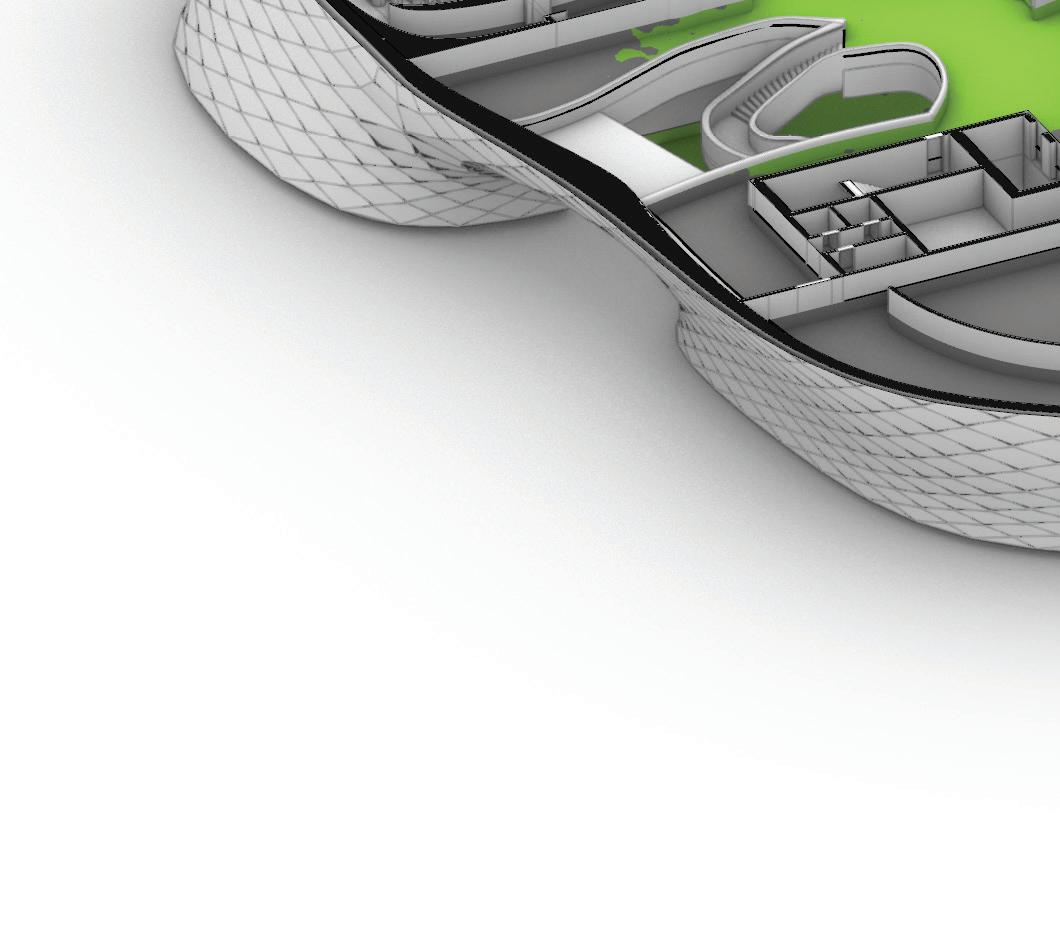
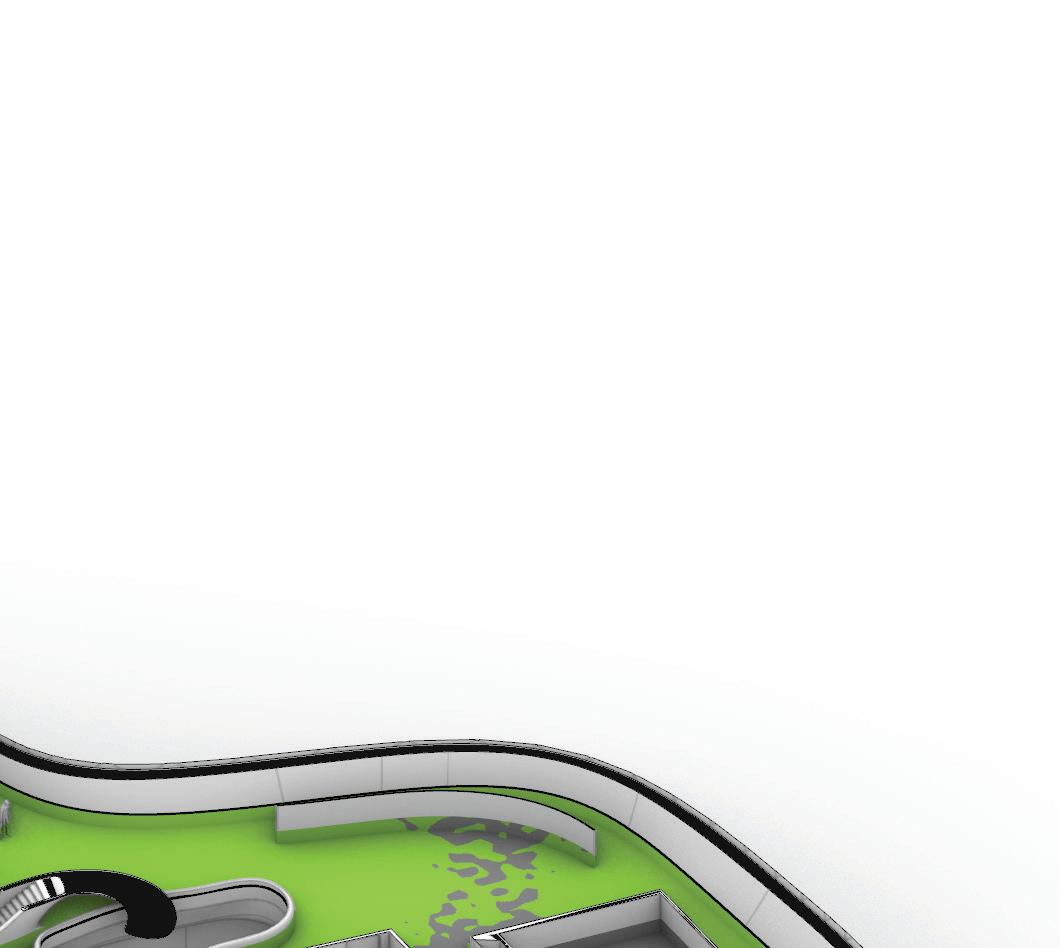
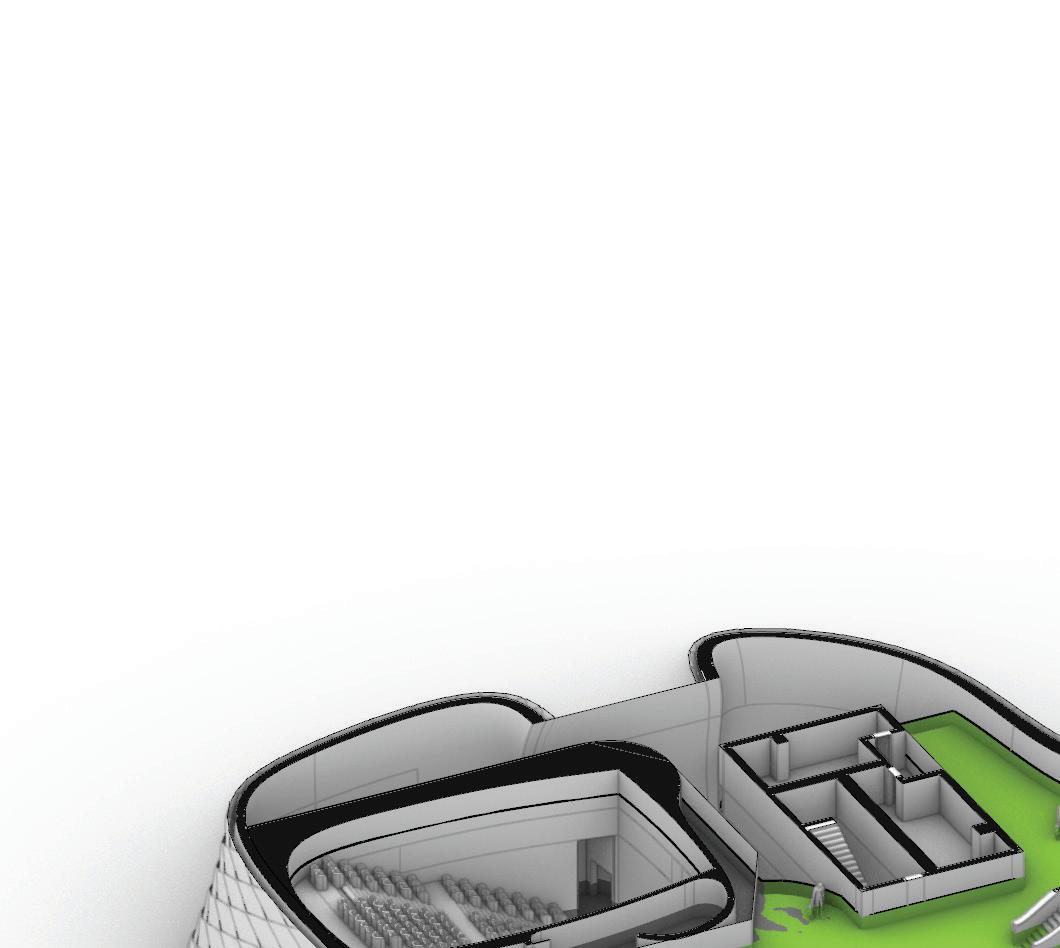
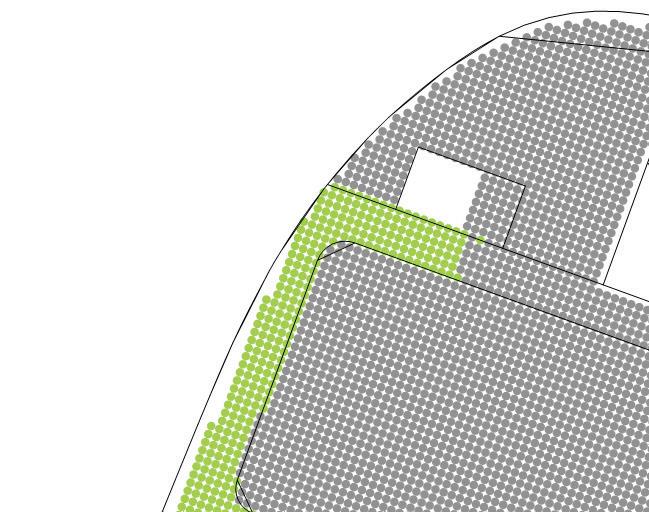
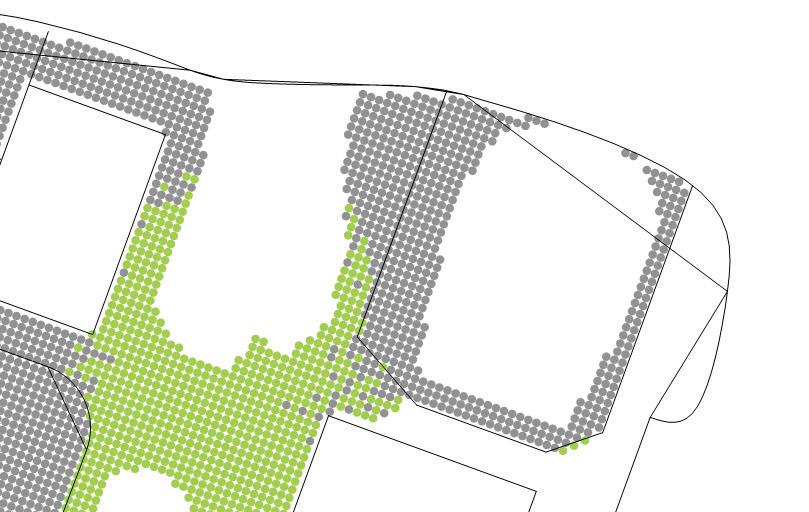
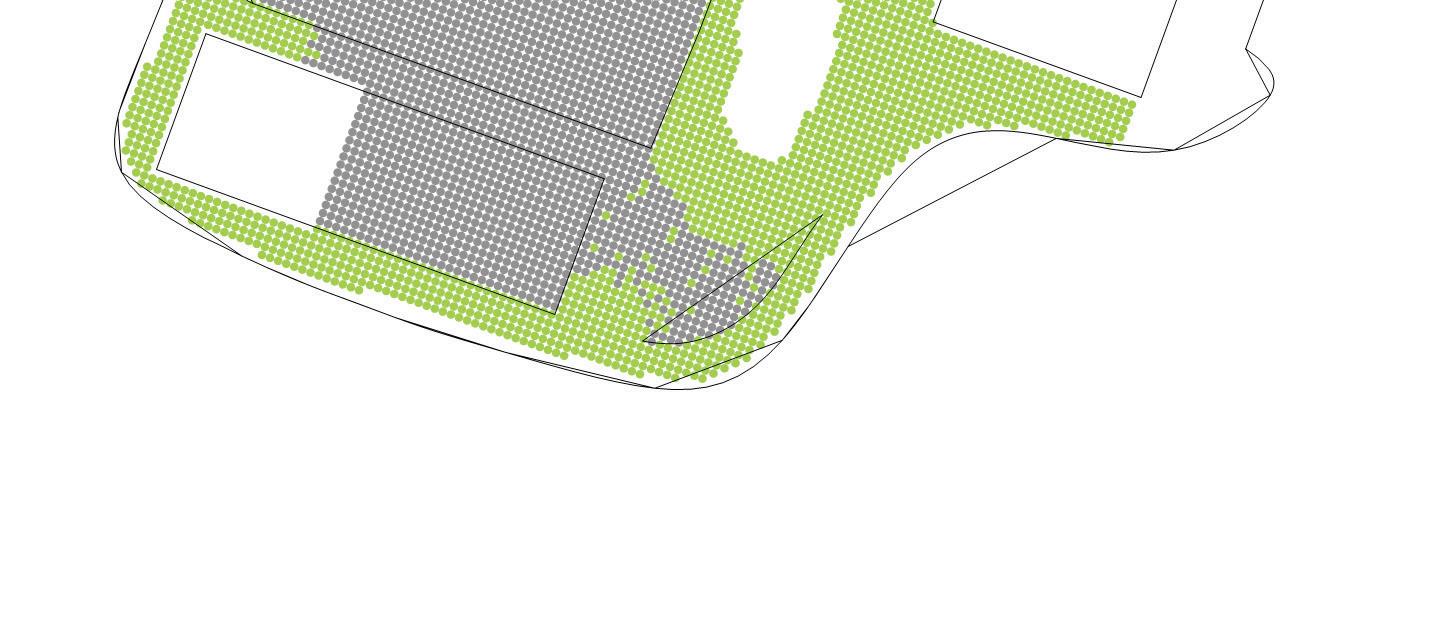

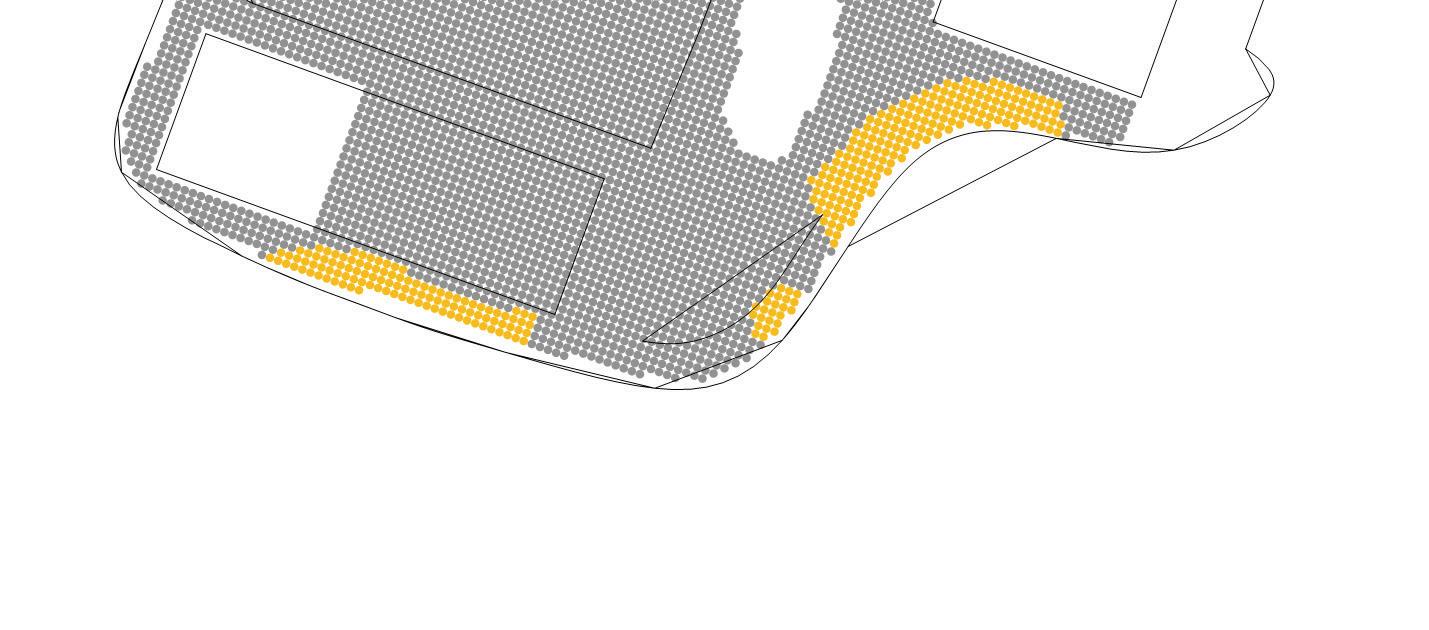




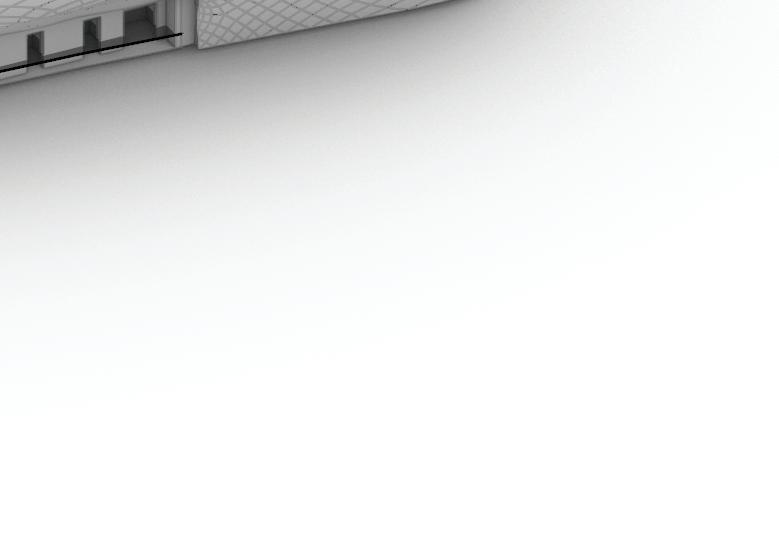
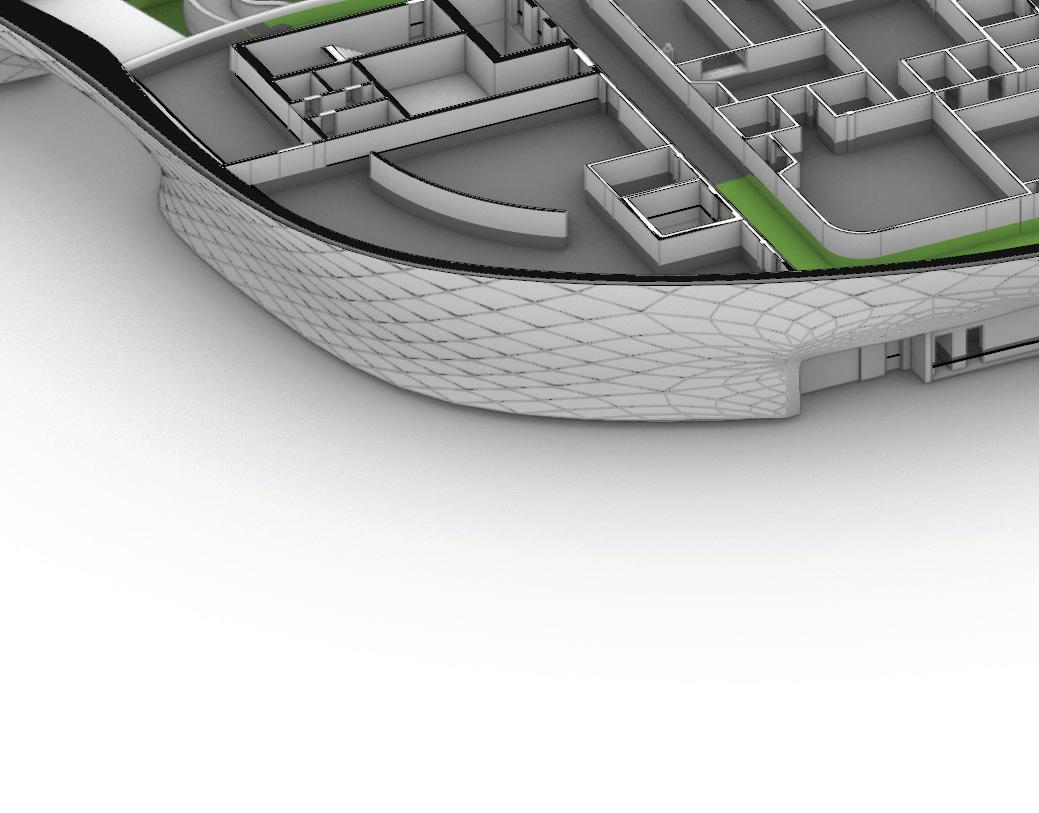
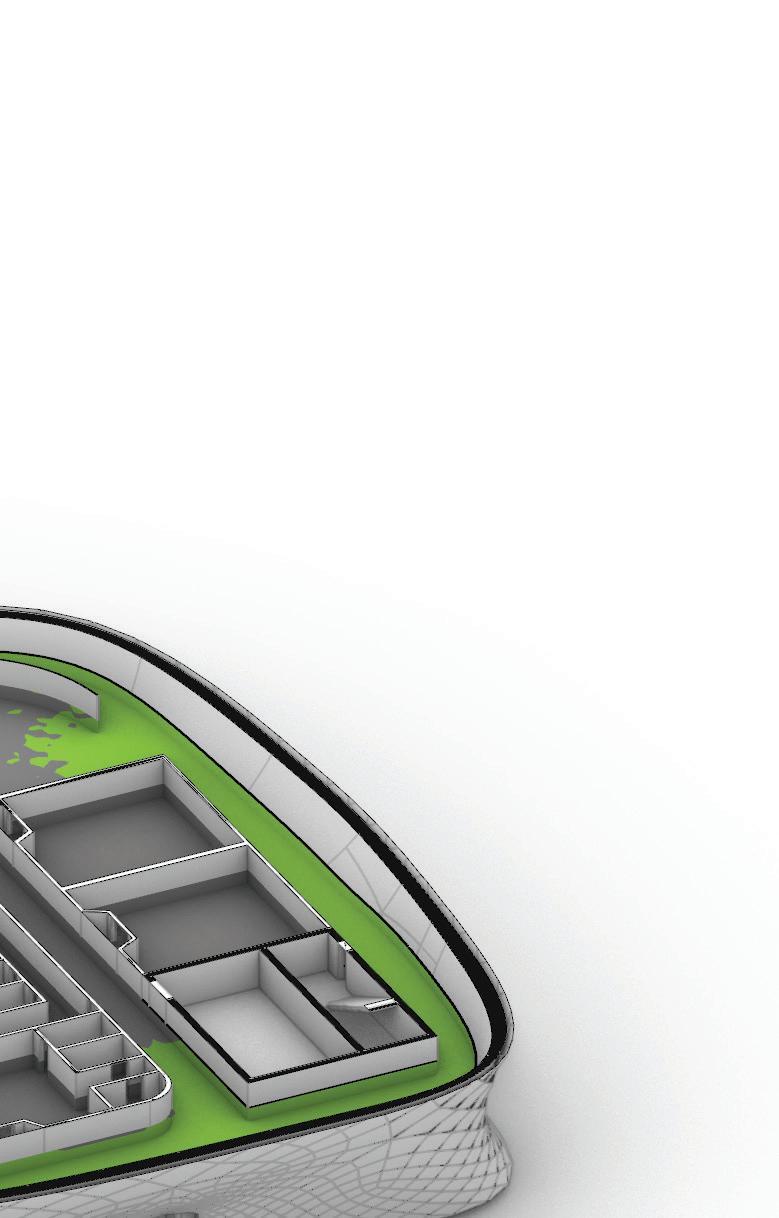
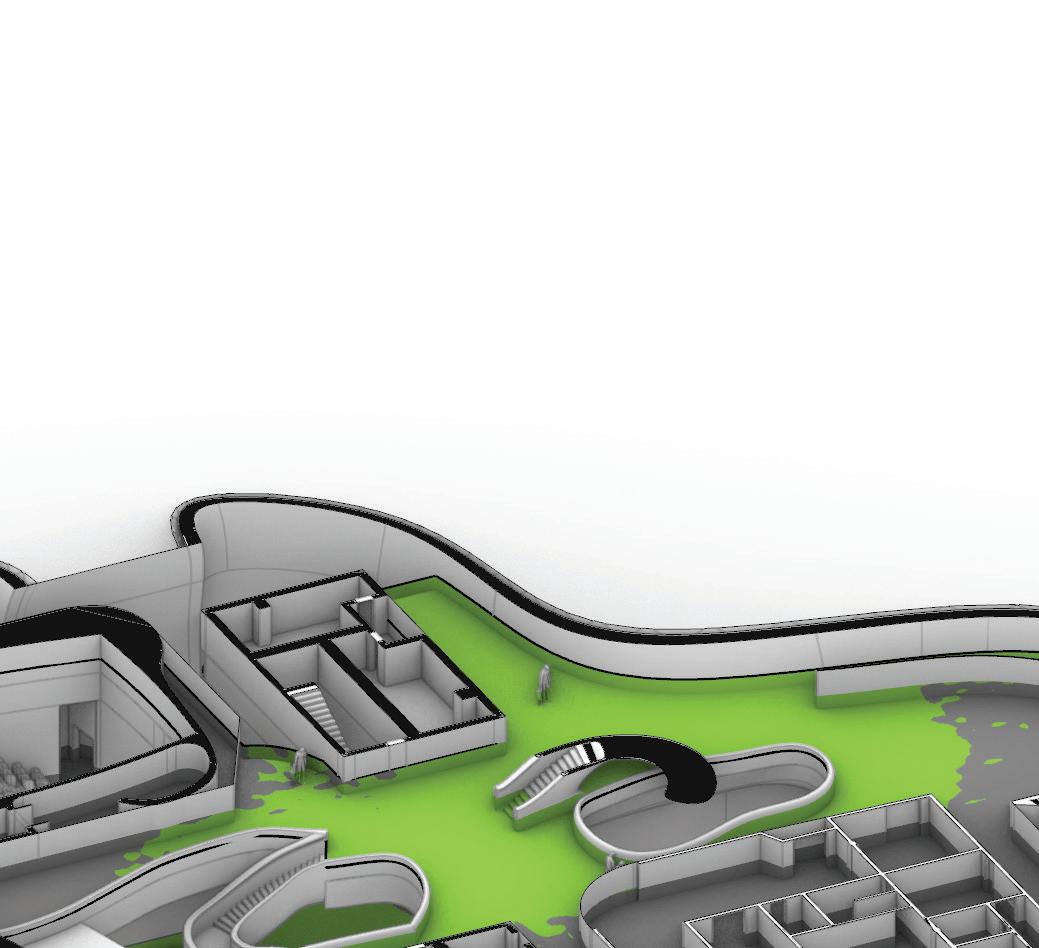
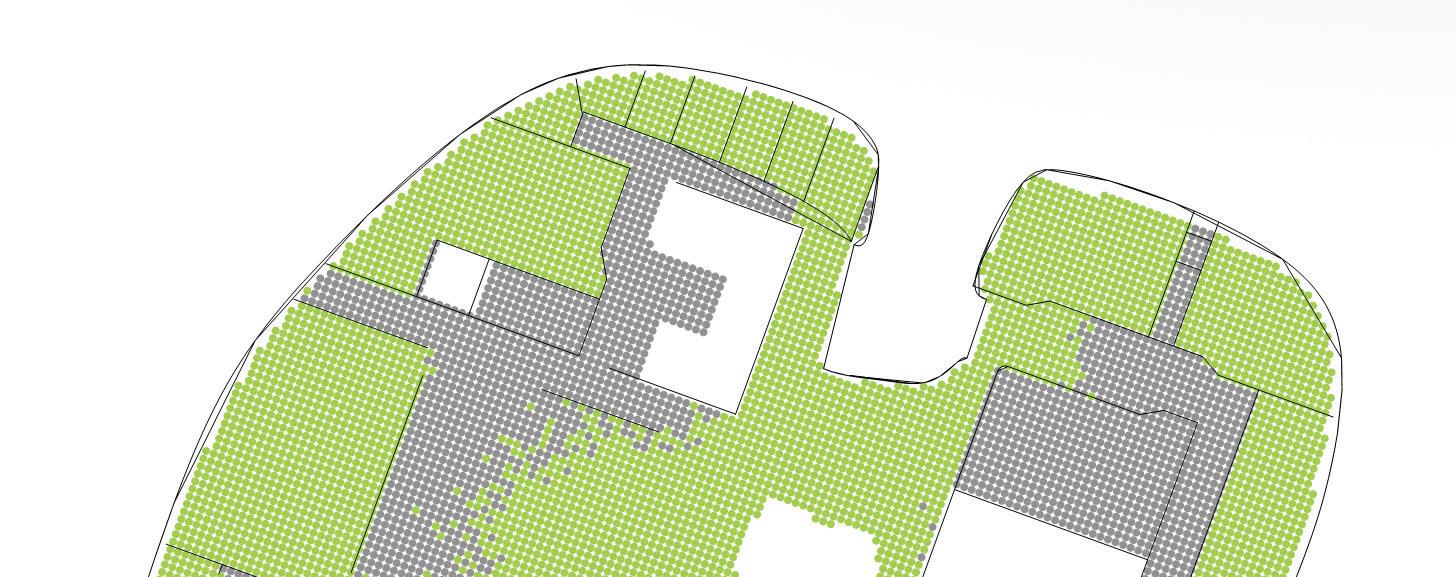
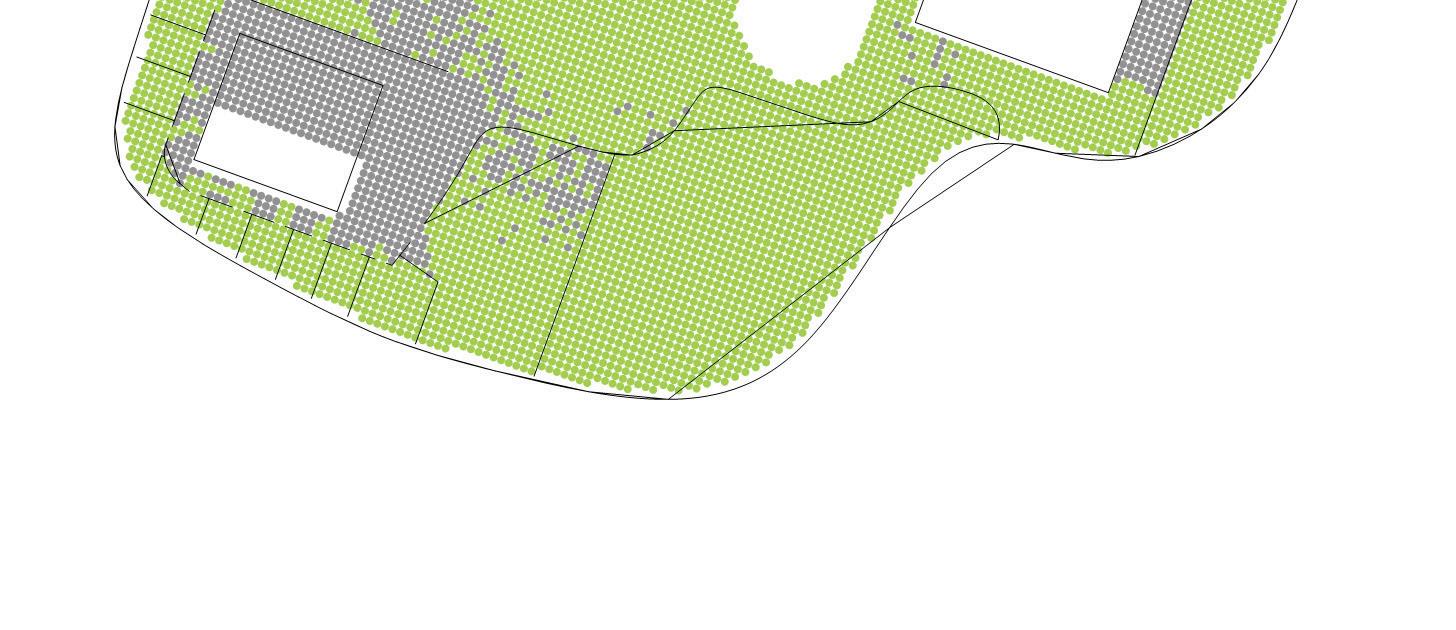
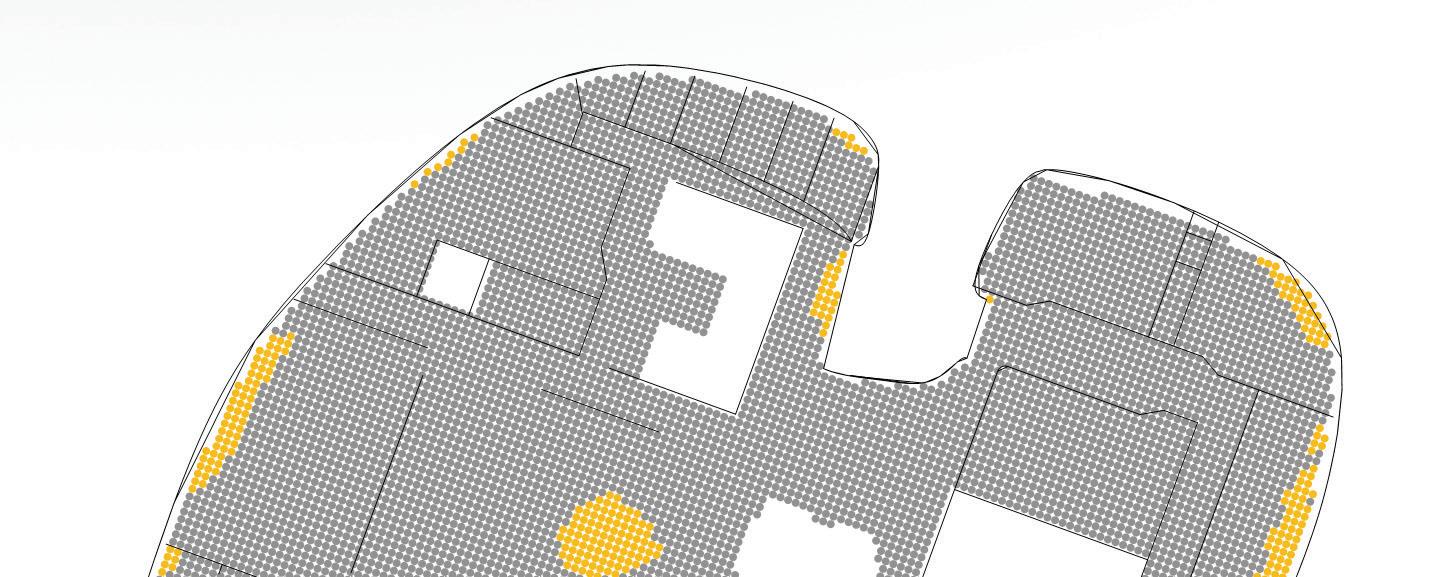



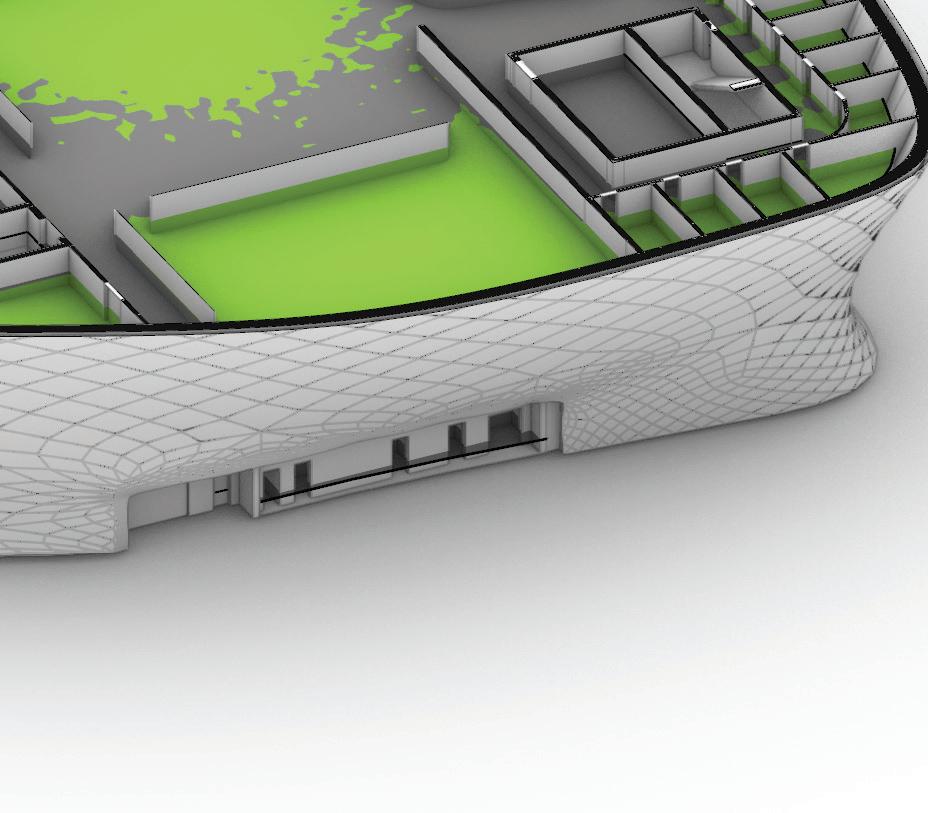


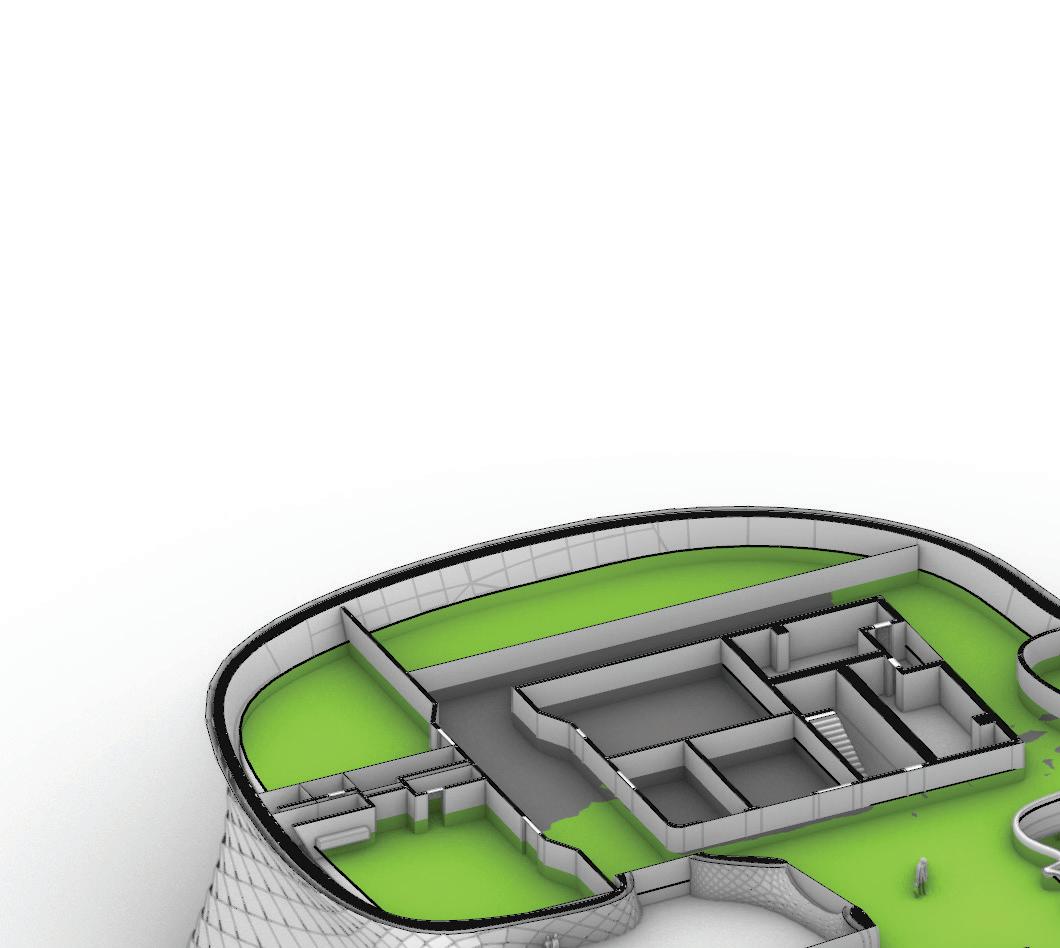 sDA: 70.20%
ASE: 9.39%
sDA: 70.20%
ASE: 9.39%


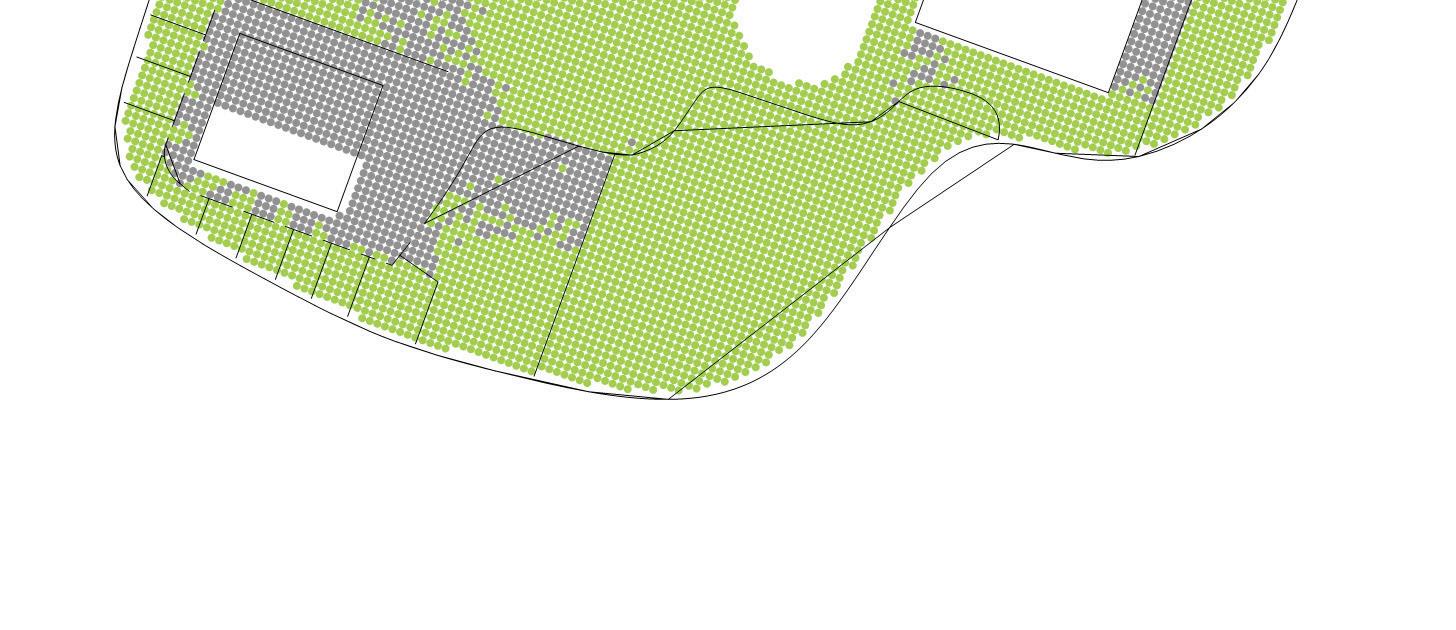








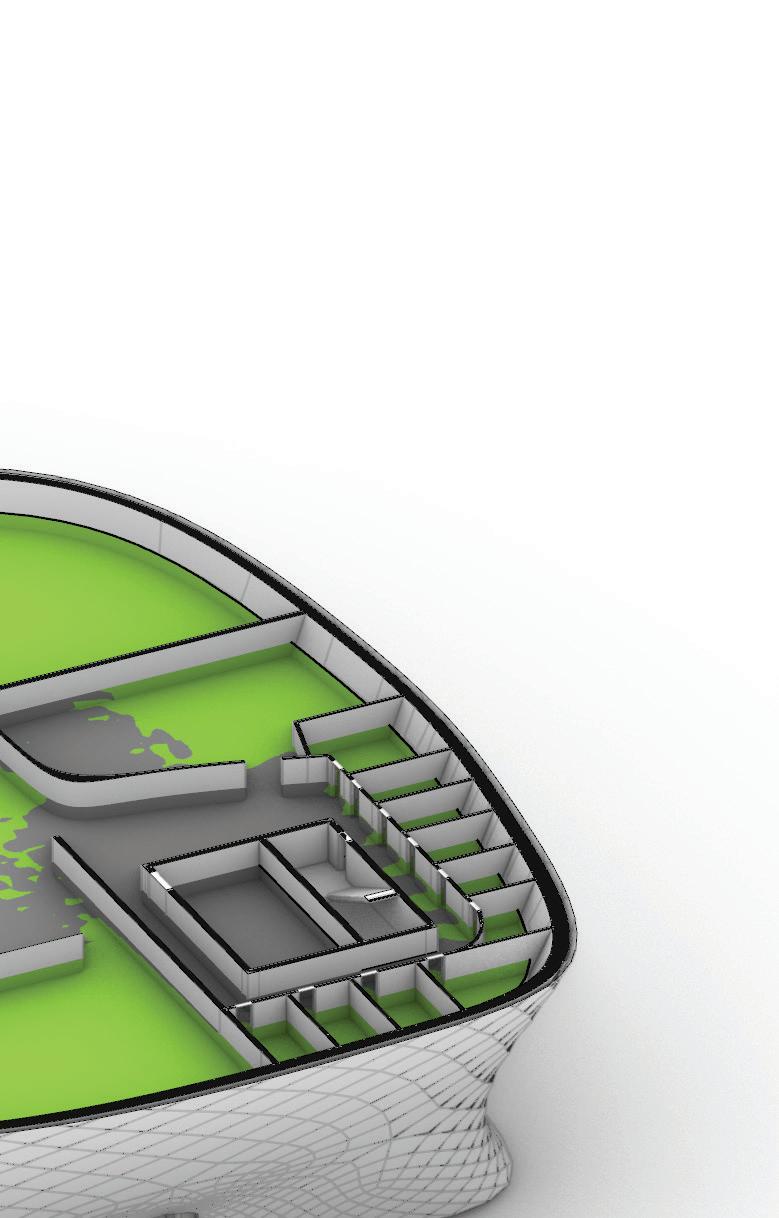
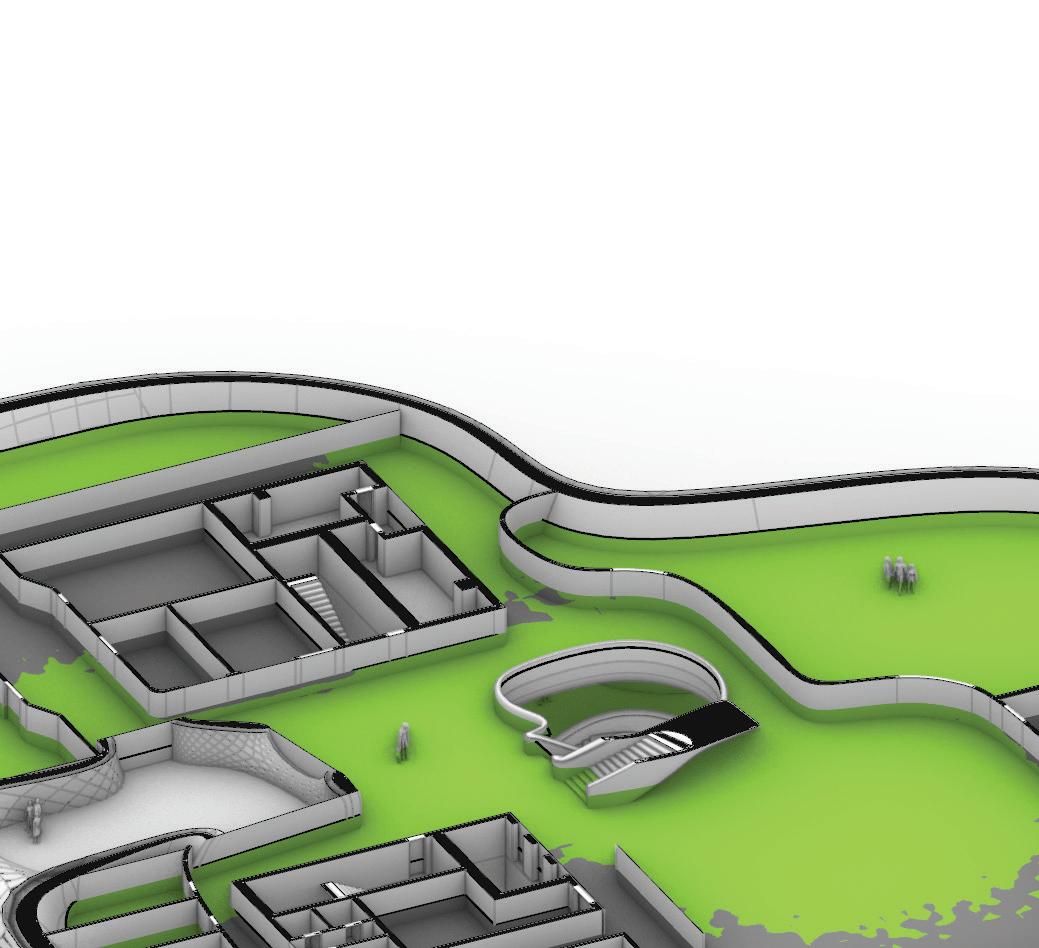 sDA: 70.20%
ASE: 9.39%
sDA: 70.20%
ASE: 9.39%

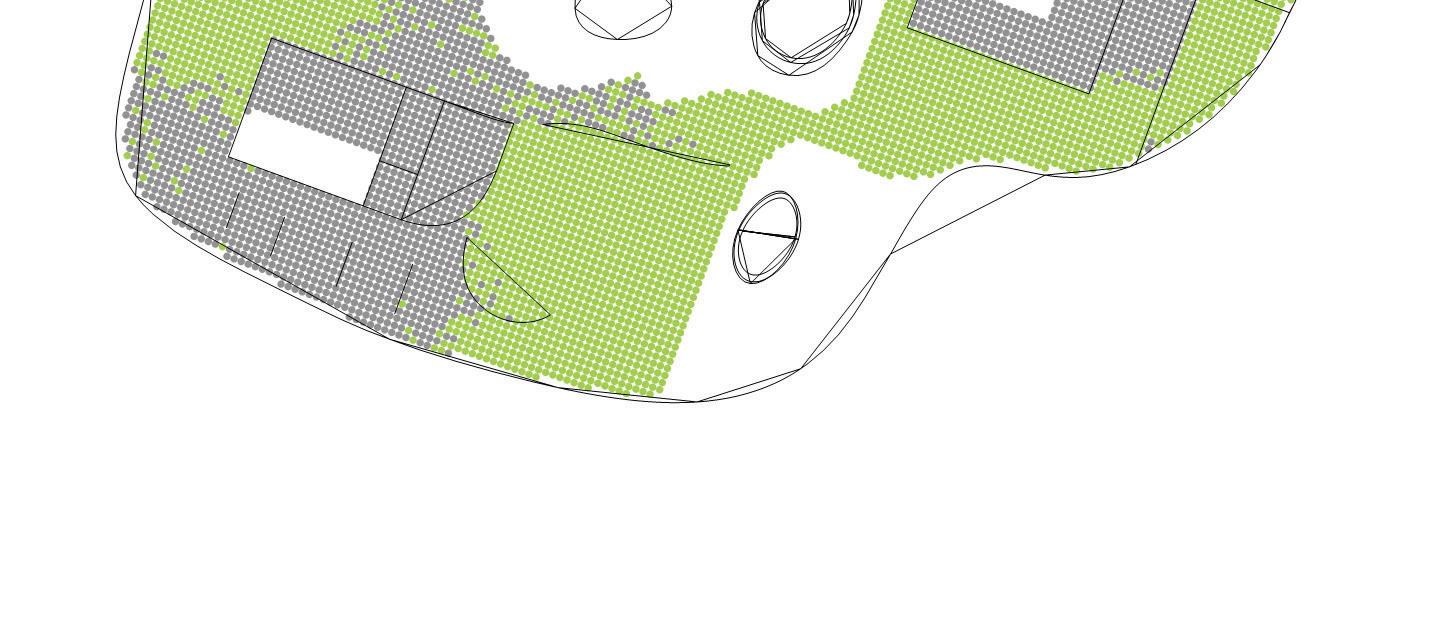
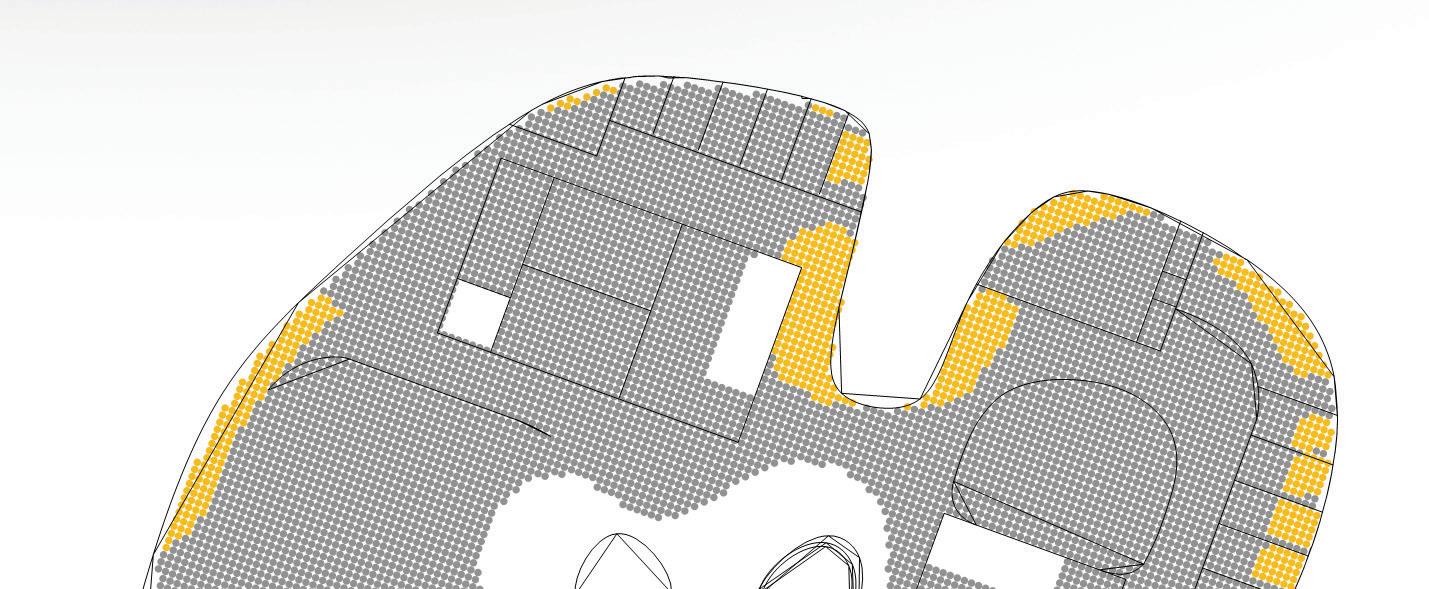
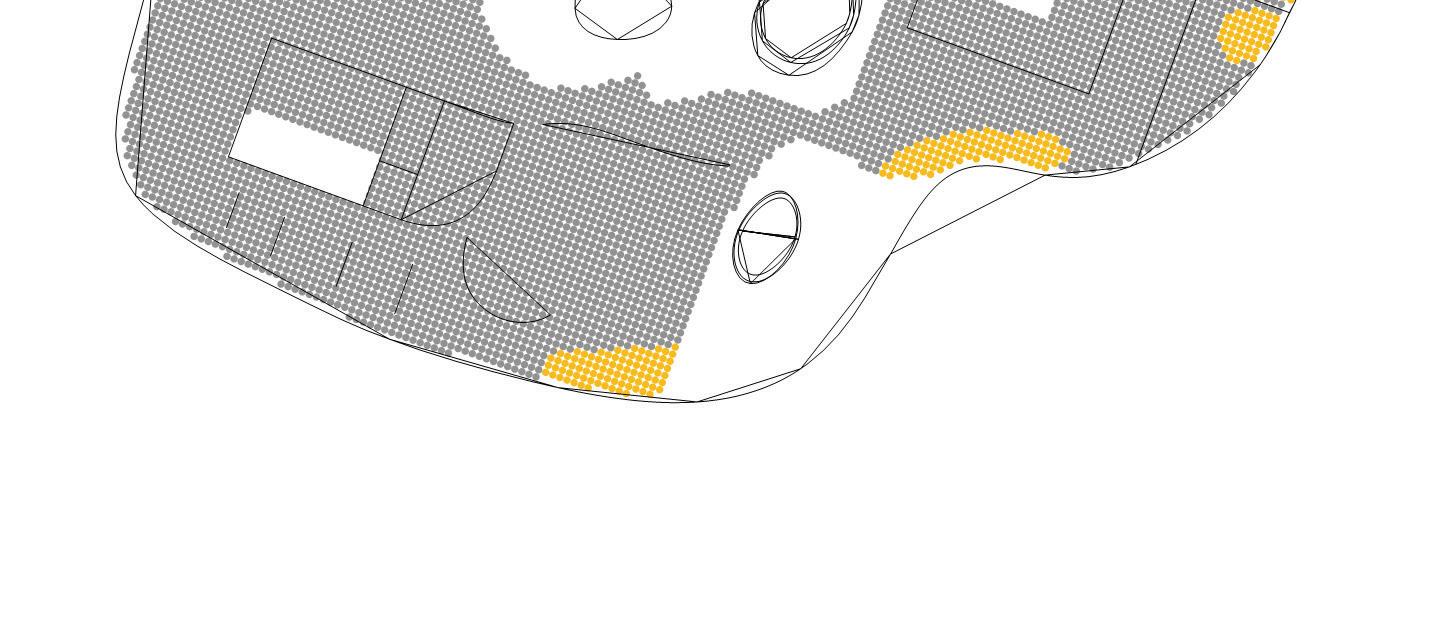


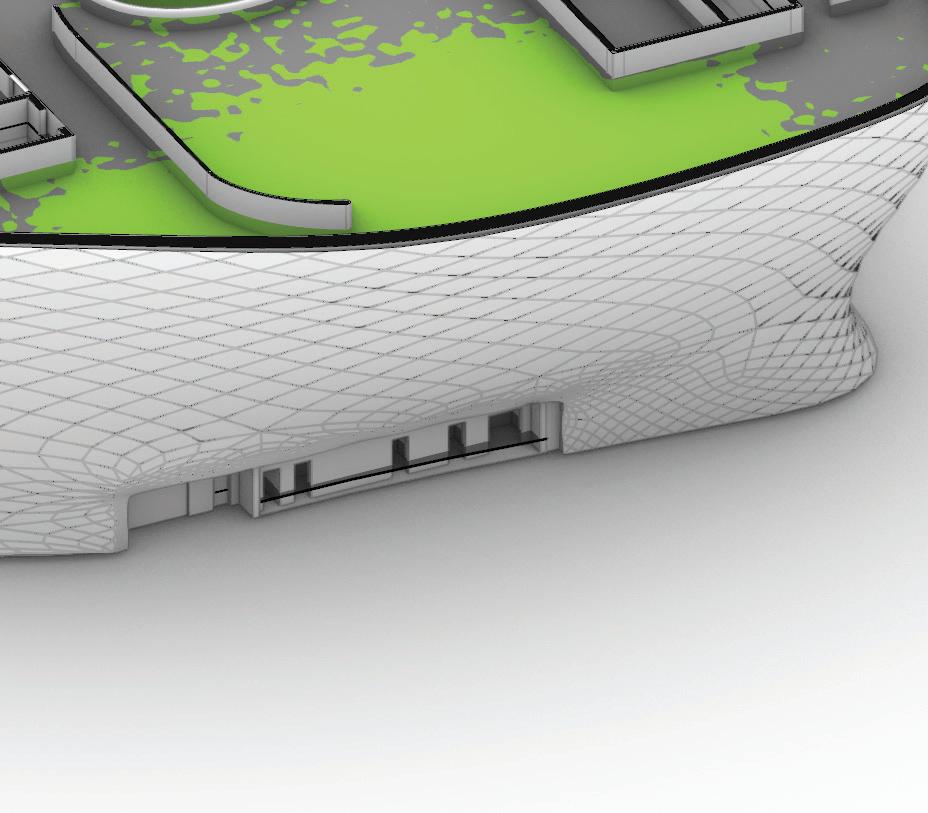
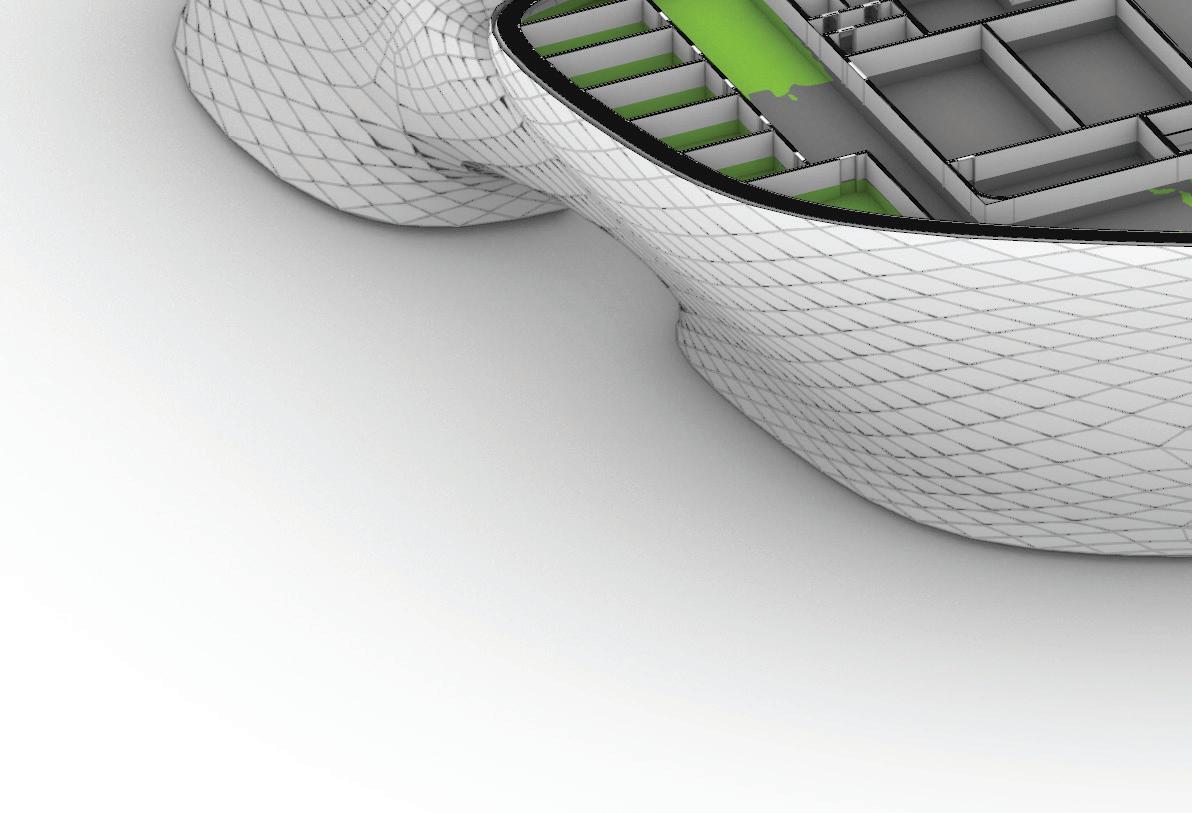
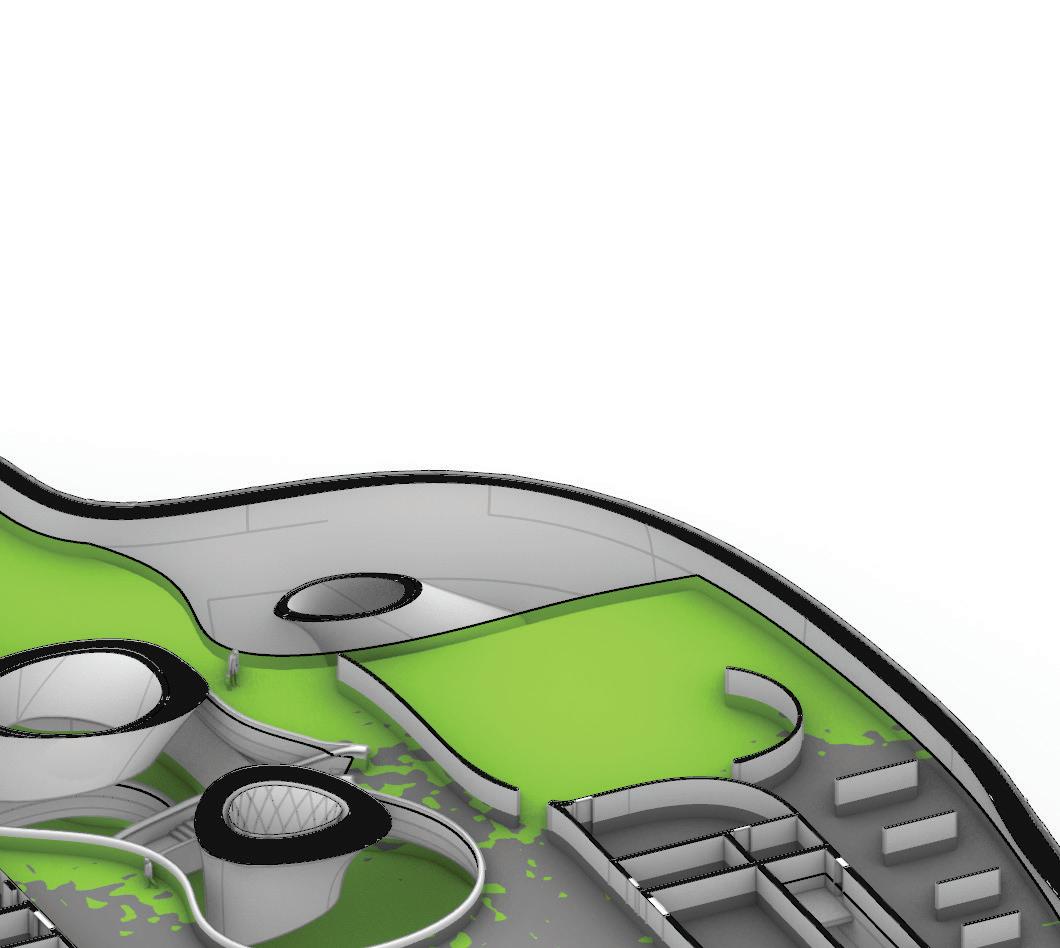
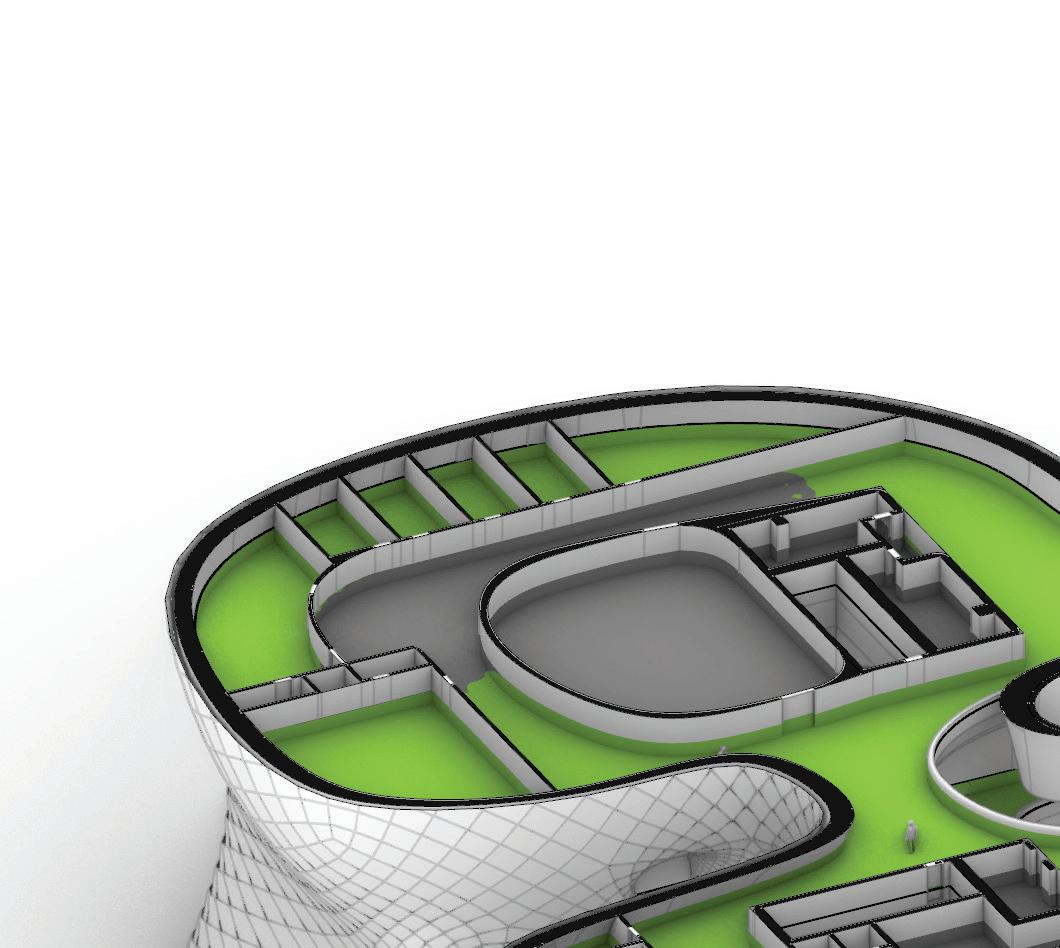 sDA: 55.87%
ASE: 8.88%
sDA: 55.87%
ASE: 8.88%

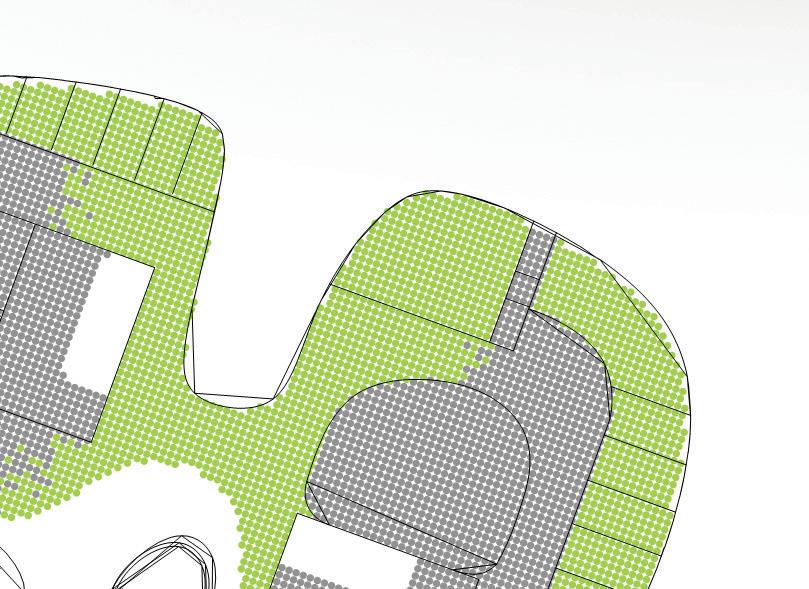

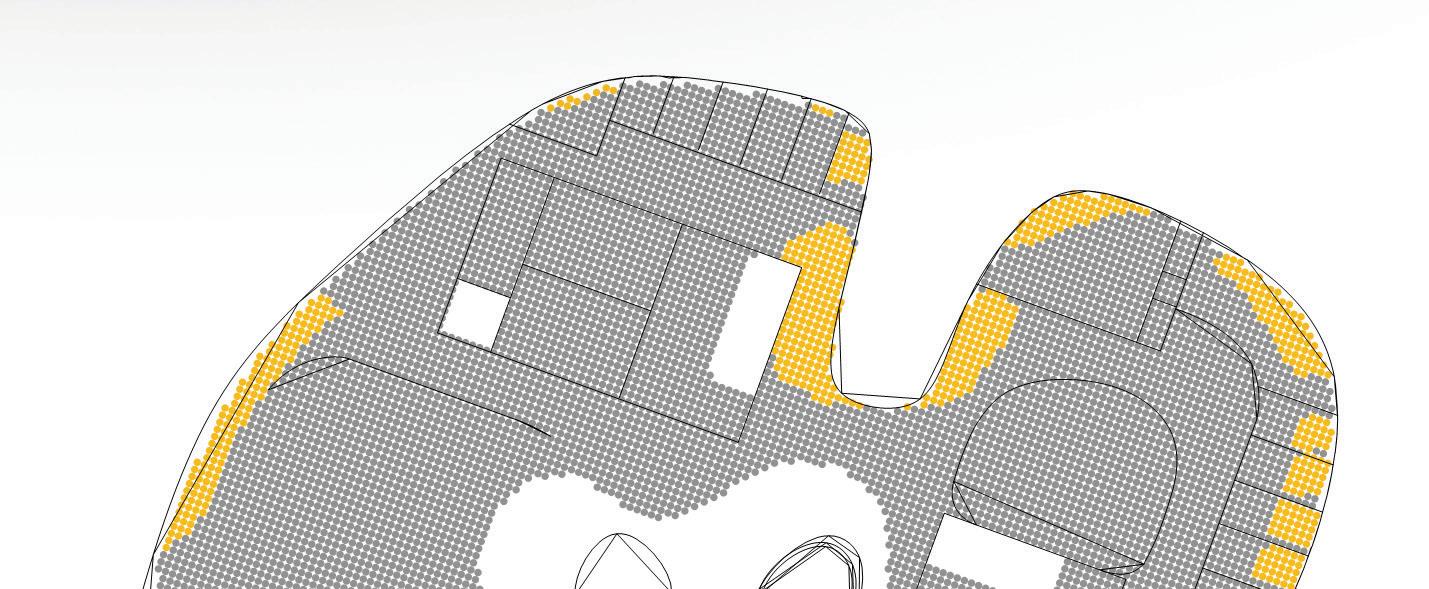





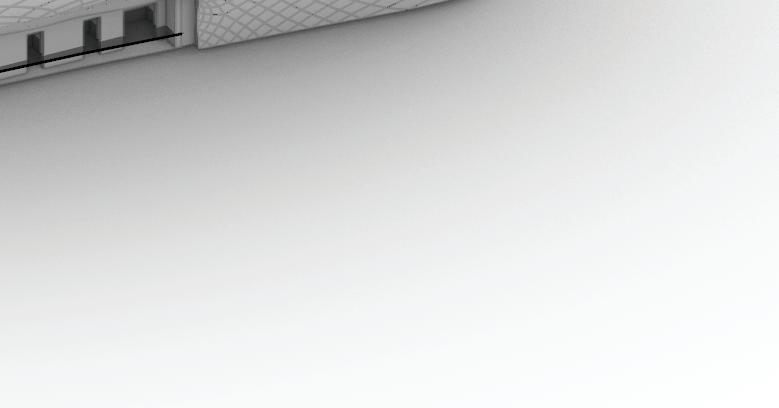

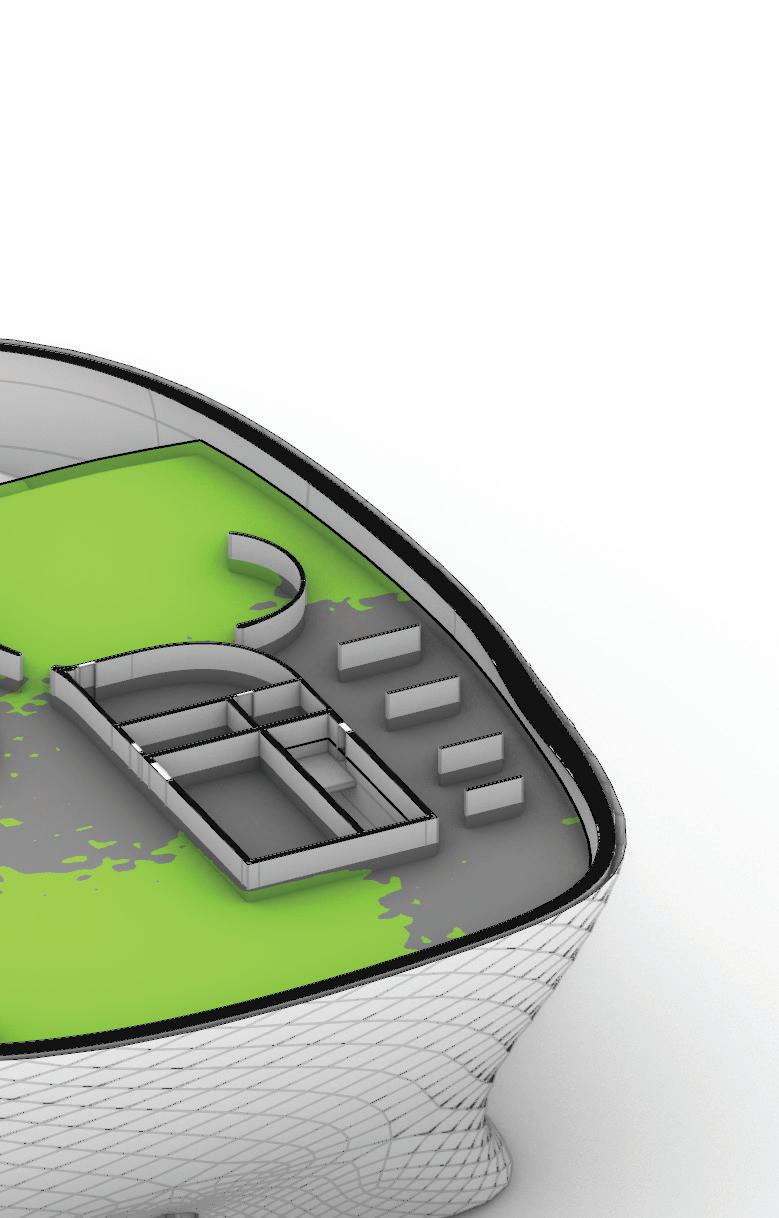
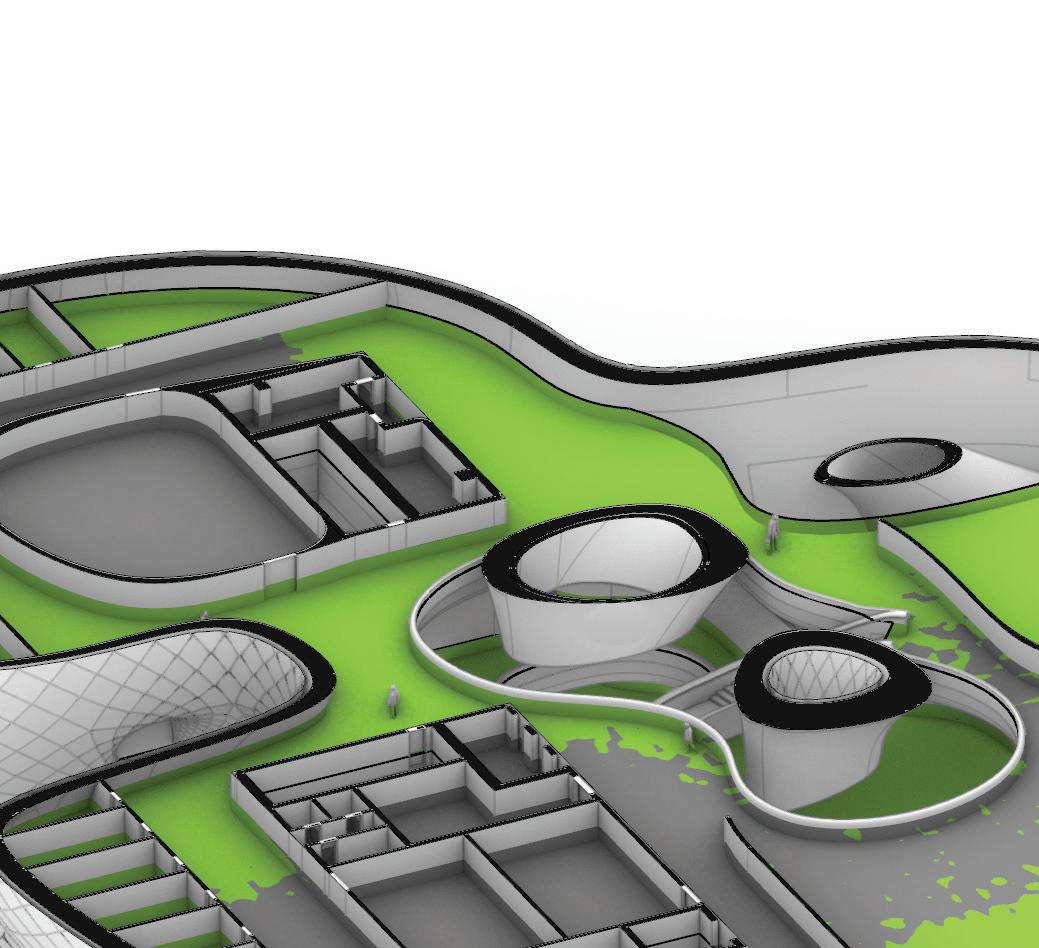 sDA: 53.05%
ASE: 8.88%
sDA: 53.05%
ASE: 8.88%


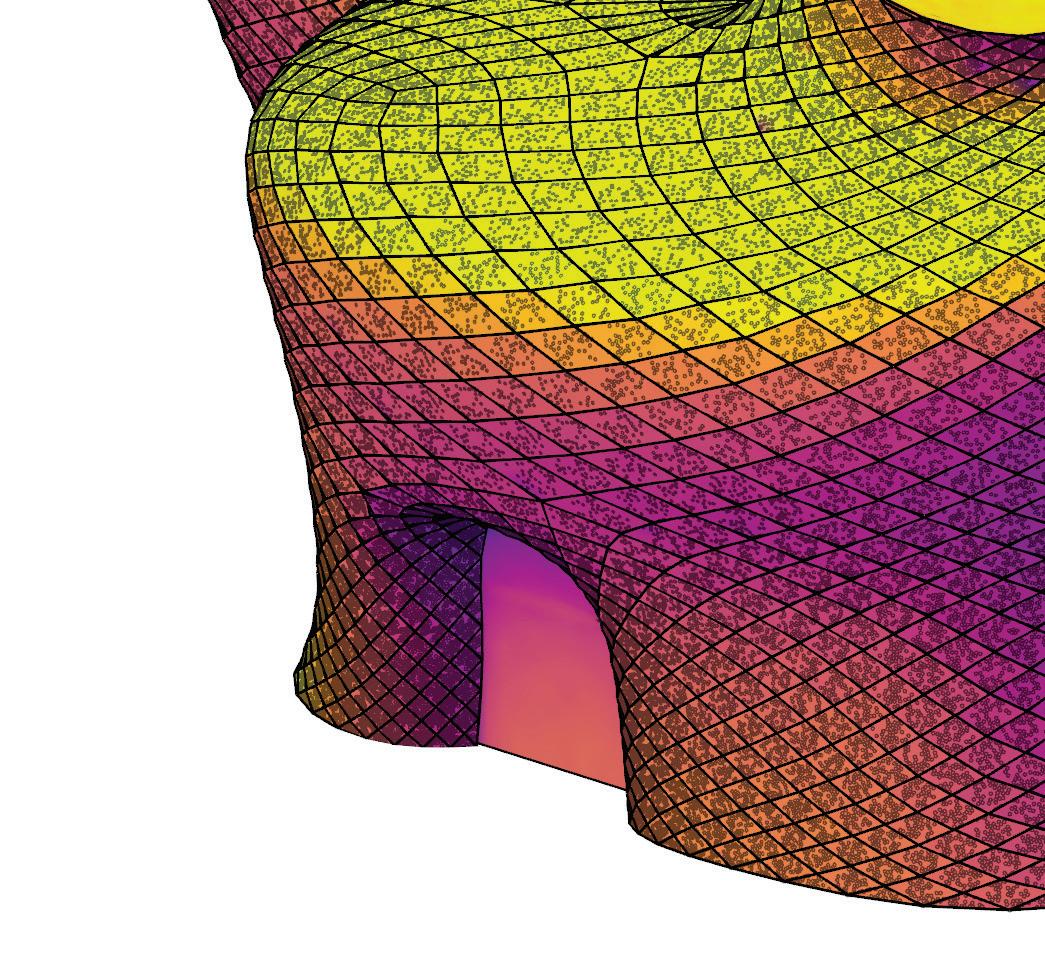



Rainscreens are an important part of sustainable design because they have a significant impact on the energy efficiency and environmental impact of a building.
Radiation maps, which describe how heat is distributed across the surface of a building, are an important tool for optimizing energy performance. The rainscreen acts as an insulator between the exterior and the insulation layer of the building. This creates a ventilatable cavity, allowing air to circulate and cool the exterior surface of the building.
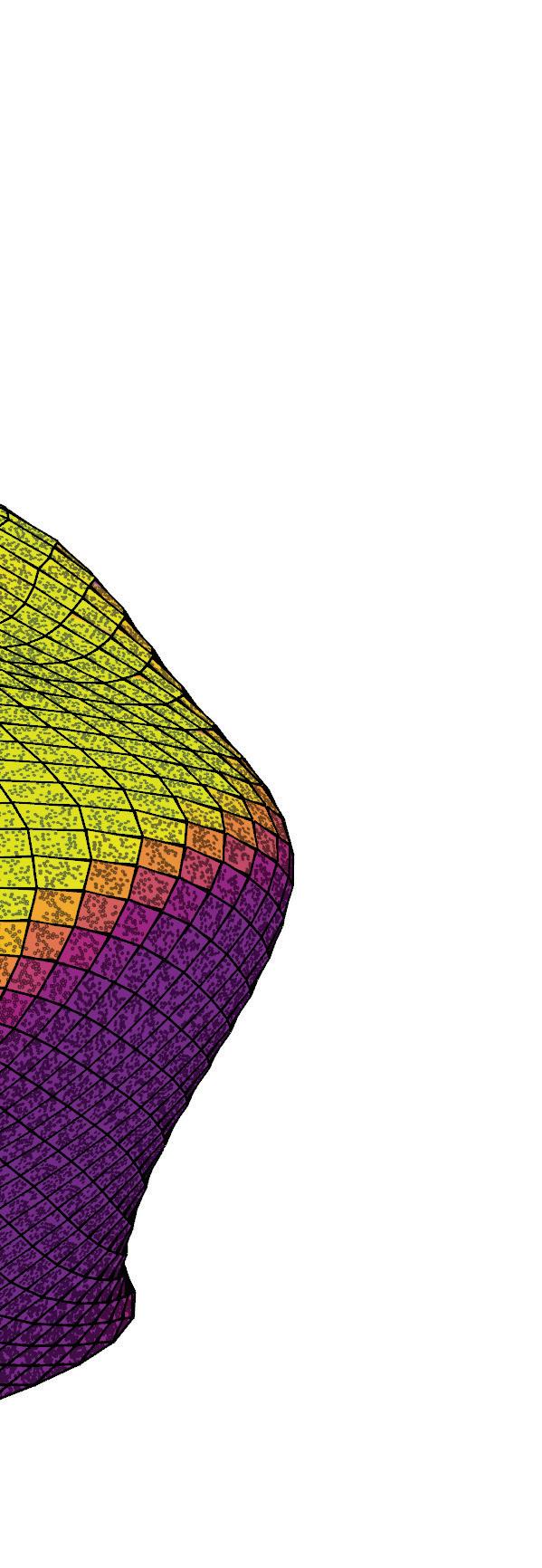
This also helps to reduce the amount of heat transferred to the interior of the building, potentially lowering cooling costs in hot weather.
By reducing the amount of heat transferred to the interior of a building, rainscreens can help to reduce energy consumption and environmental impact. Rainscreens are thus an important tool in the design of sustainable buildings.